Let's talk color today in our technical column padel in an attempt to shed some light on the trail. Following the ball type to negotiate, take more ou less de risk.
What is the most common mistake made on a track? padel ? The wrong shot choice, the wrong decision making. There are several ways to progress to avoid the tactical error. We offer you one based on the different zones: red, orange and green.
At the bottom of the track
It's really at the back of the track that we make the most tactical errors. Has it ever happened to you, during a difficult ball, to try for the winning point, and on simple balls, to make the opponents play? It is perhaps and quite simply because it is not very clear in fact.
The red zone
As you will have understood, this zone corresponds to difficult or even very difficult balls for you to negotiate. Tell yourself that if you make the mistake, it doesn't matter because the shot was really well done by your opponents. Just try to pass the ball at all costs by fighting like a lion.
Where is this red zone? Taking the length of your pala as a reference, the red zone would return to the length of the pala along the side window, the same on the bottom window and in height starting from the ground. So all the balls low and very close to the limits of the field: red.
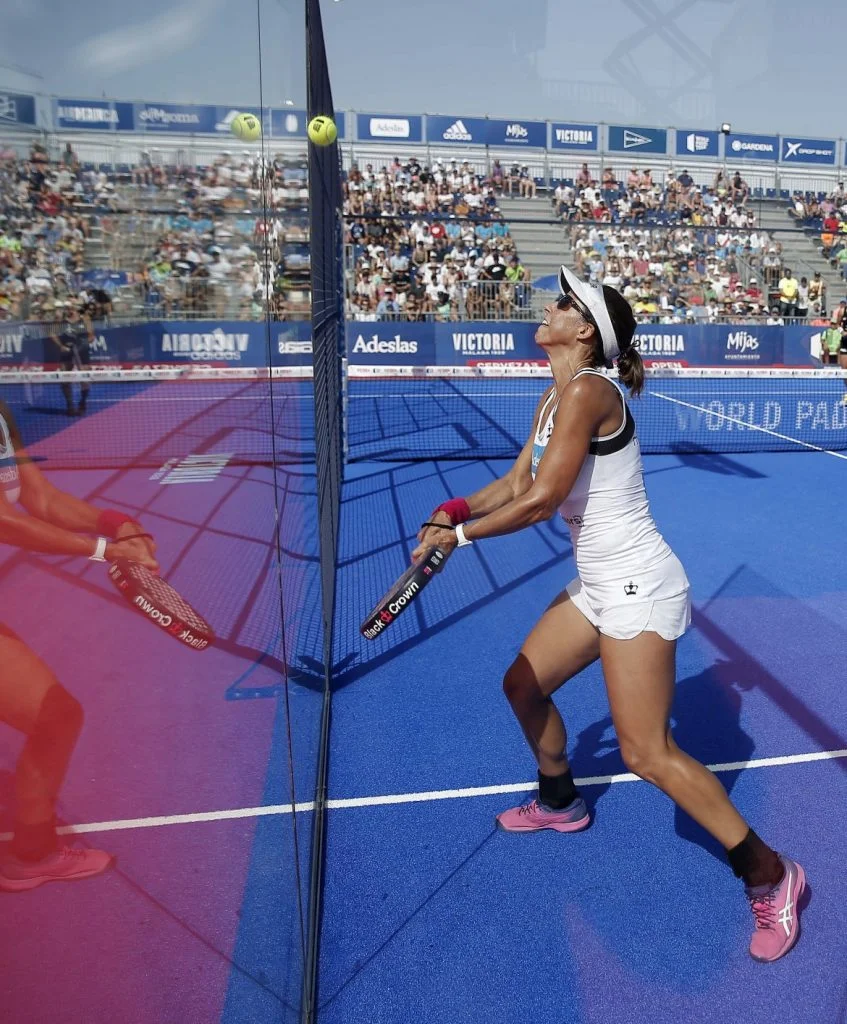
The orange zone
This time you no longer have room for error. The orange zone is neither an attack zone nor an extreme defense zone. It is from this zone that you will have to play the vast majority of the balls in defense. The goal here is to work the opponents with high balls, balls below the level of the net, to force them to volley, but without taking major risks. You wait for the opportune moment to attack.
This orange zone can be delimited by the length of your arm between the side window, the bottom window and from the ground, and below the level of the belt, the orange zone really deserves to be understood, worked on, to avoid errors . If you are calm in the orange zone, it will be difficult to earn you a point.
The green zone
More surprise for you. The green area represents all other areas. Away from the side and rear walls, above waist level, here you can afford to attack. You've been restrained so far, but with the green zone you can let go and try some counter-attack shots. So this area is the result of previous work well done. If you realize the fault, it is not very serious if it is occasional. On the other hand, if with each ball in the green zone you realize the fault by taking too much risk, you will have to review your copy and appease your ardor under penalty of suffering the wrath of your partner.
And in the net?
At the net it's a bit the same thing. We will only use color zones for ends to avoid confusion. Balls considered green are those that you can easily play, above the level of the net, and close enough to you so that you do not have to stretch.
The orange balls should allow you to keep the opponents at the bottom of the track, work them out of their comfort zone. We are talking about balls that are close or on the body, those that will be negotiated at or slightly below the level of the net, and those that will require you to move slightly sideways, within a radius of about 2 meters around you.
Finally we will talk about the red zone for these balls which will be really complicated for you. In general these are the very low balls, the balls far from you and those which arrive very hard on your body. Here do not seek to shine. Just try to pass the net and get back in quickly. The job is done, you haven't made any mistakes, it's now with the next ball that you'll have to fight to restore order and put your team back in the right direction.
The zone systems is one way among others to allow you to better manage the different balls tactically in defense but also in attack. Knowing how to recognize the difficulty of a particular ball and playing it appropriately will help you progress and adapt to all types of players. Let's go!
Julien Bondia is a teacher of padel in Tenerife (Spain). Columnist and advisor, he helps you play better through his tutorials and tactical/technical articles padel.




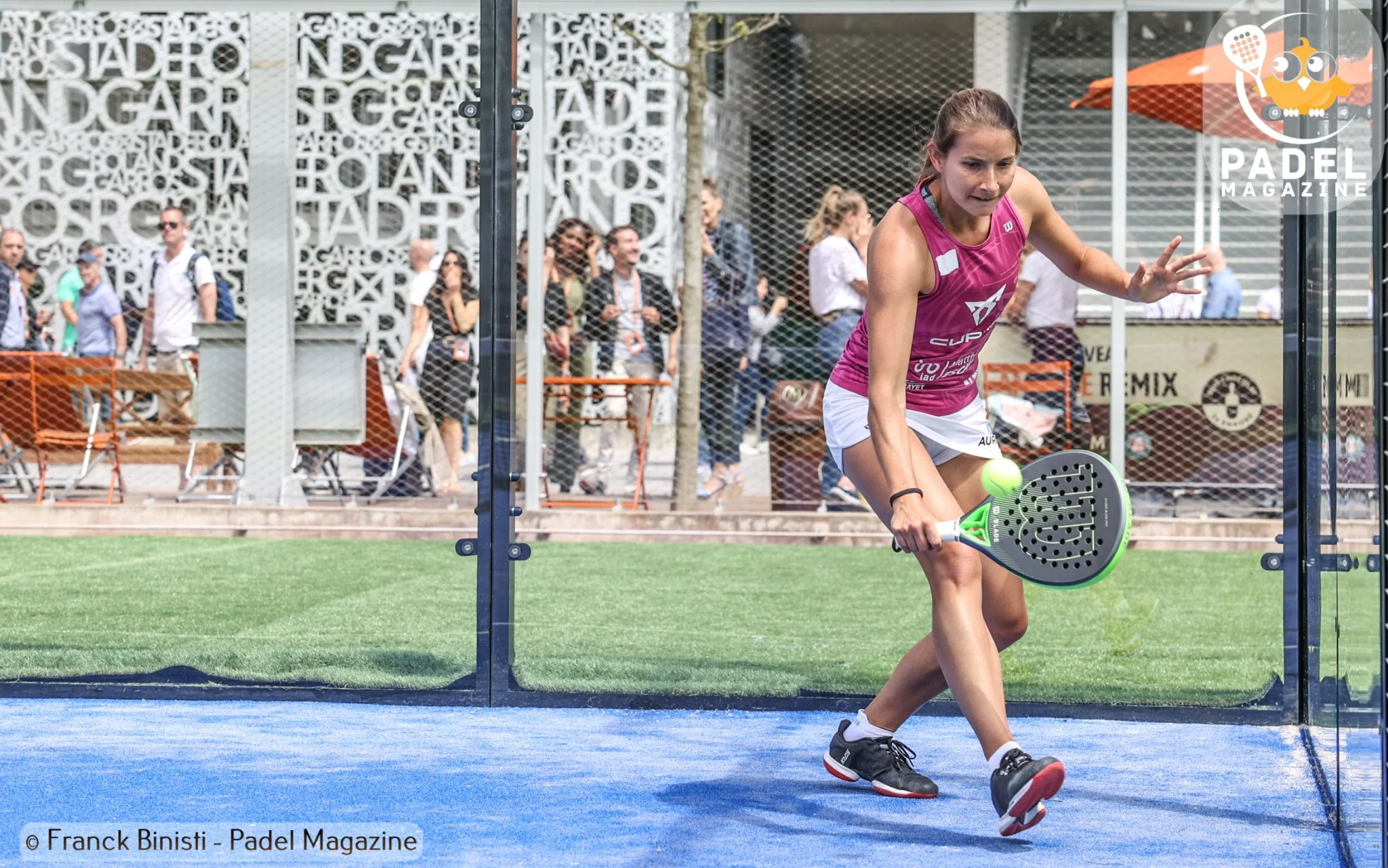













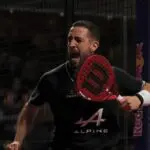




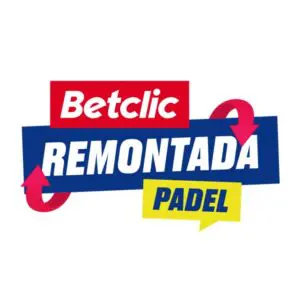

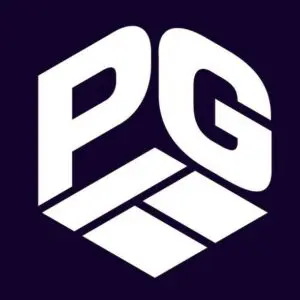








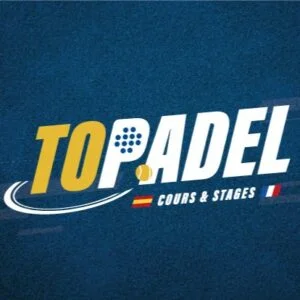



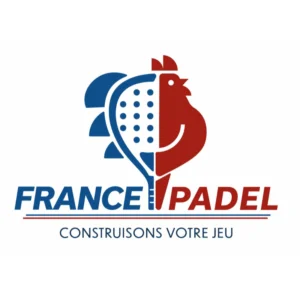
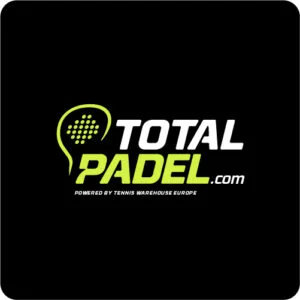
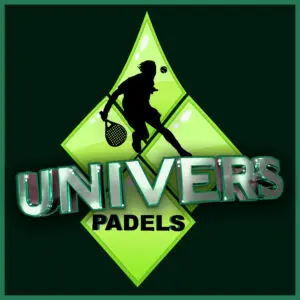
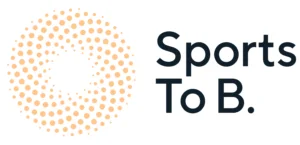

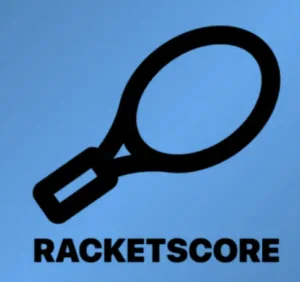
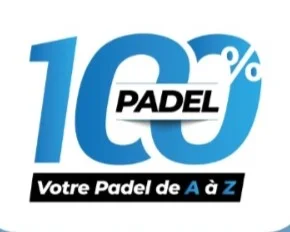
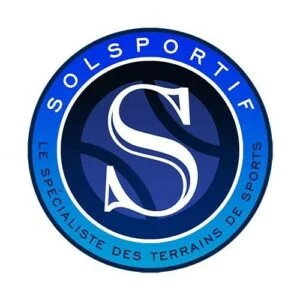

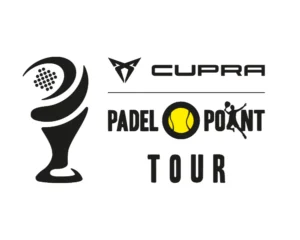


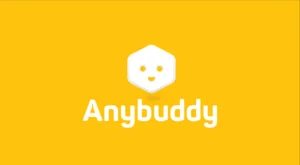


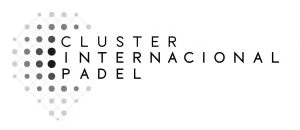
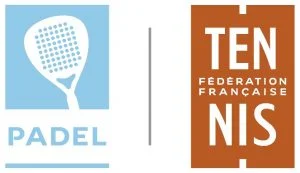
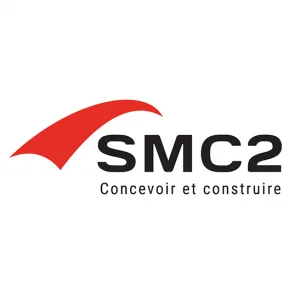
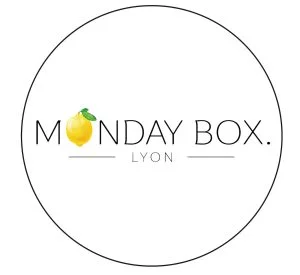
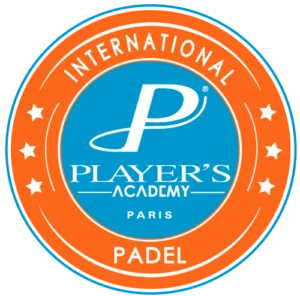
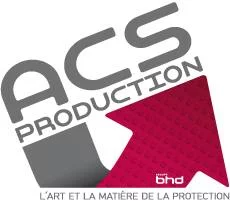
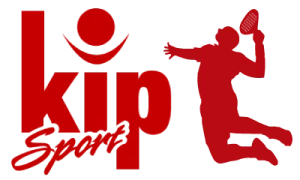



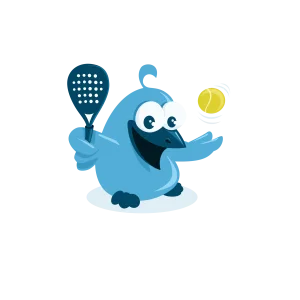

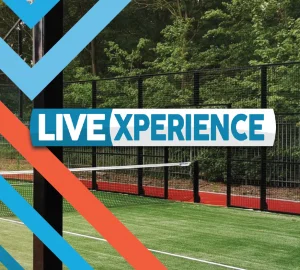
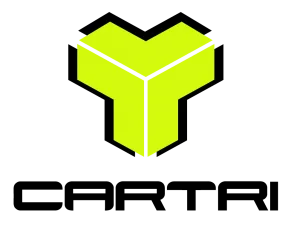

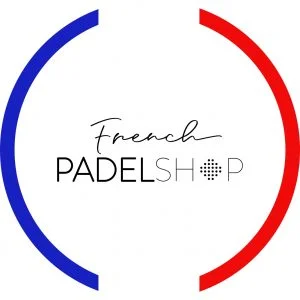
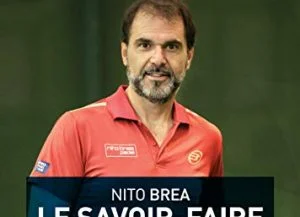
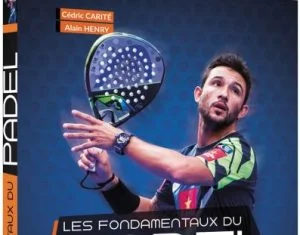



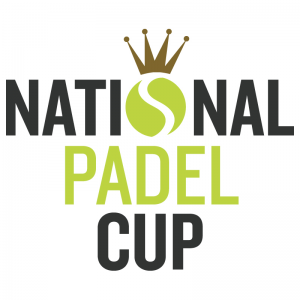
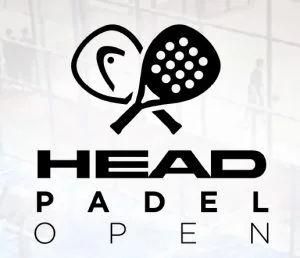

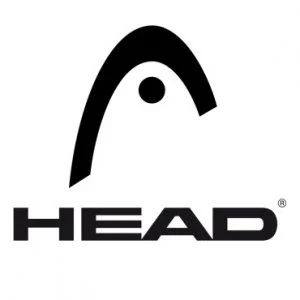


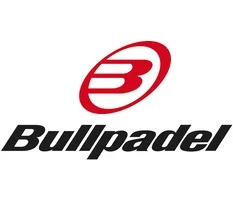
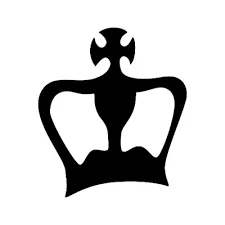


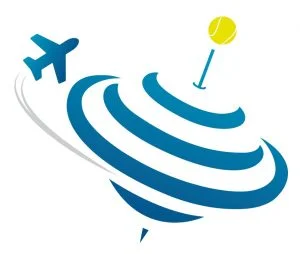
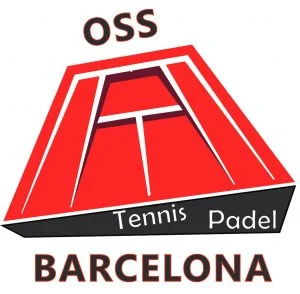
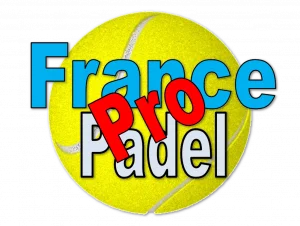
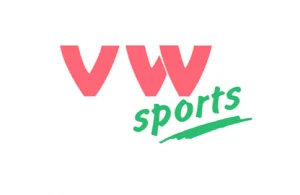

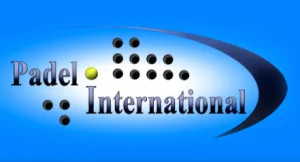

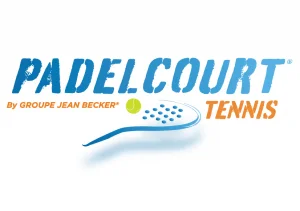
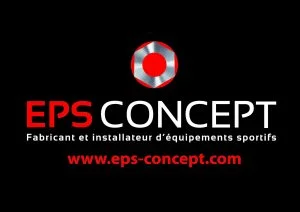
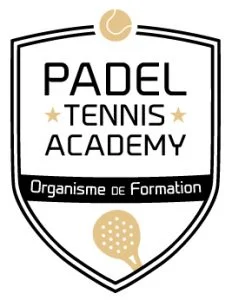
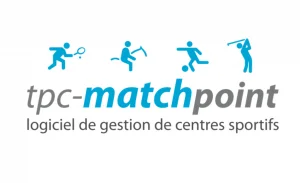
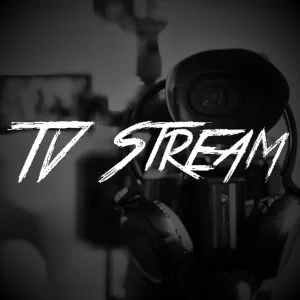
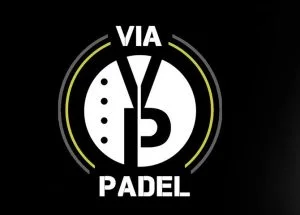




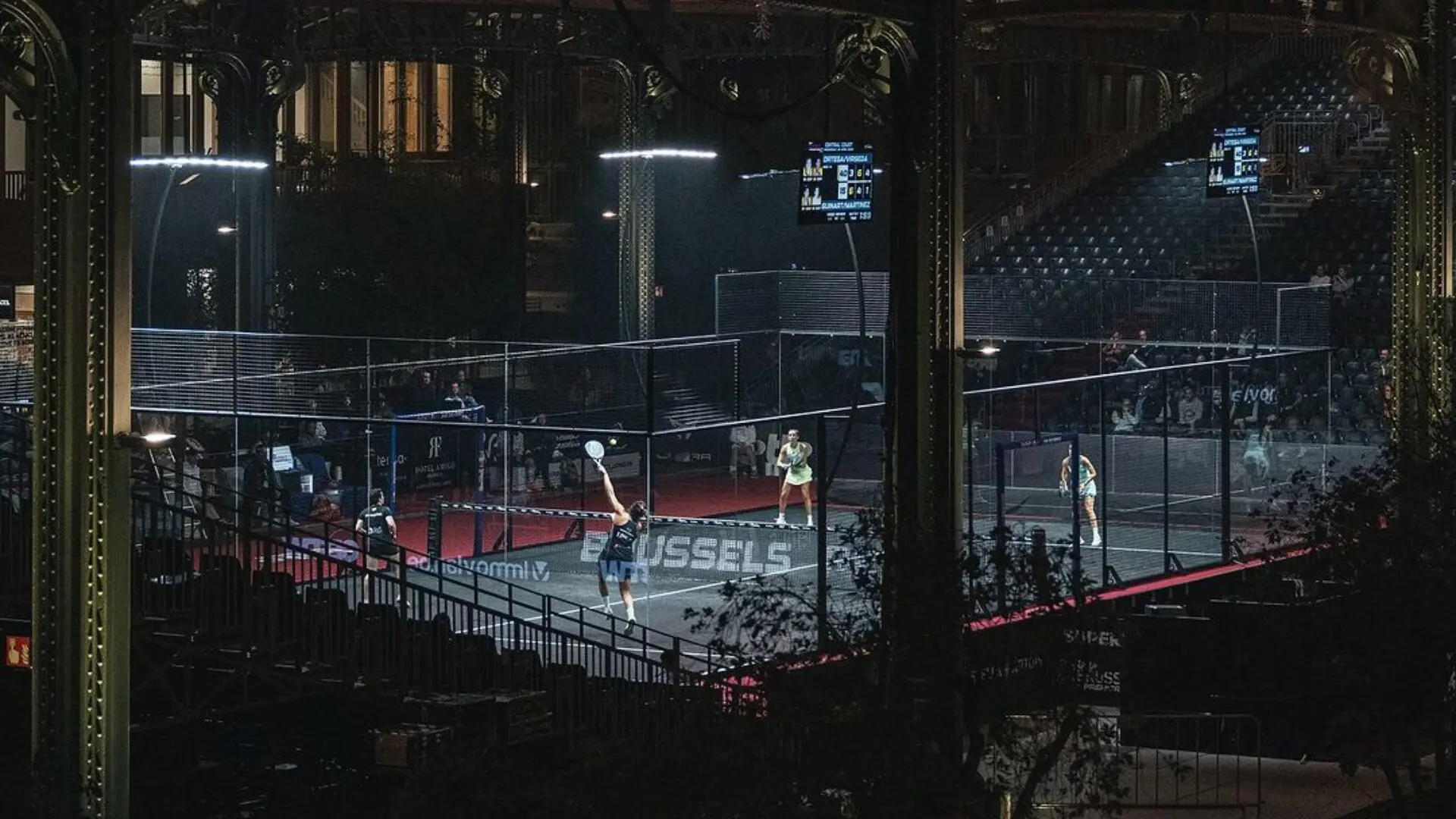 Premier Padel Brussels P2 – Place for the quarter-finals
Premier Padel Brussels P2 – Place for the quarter-finals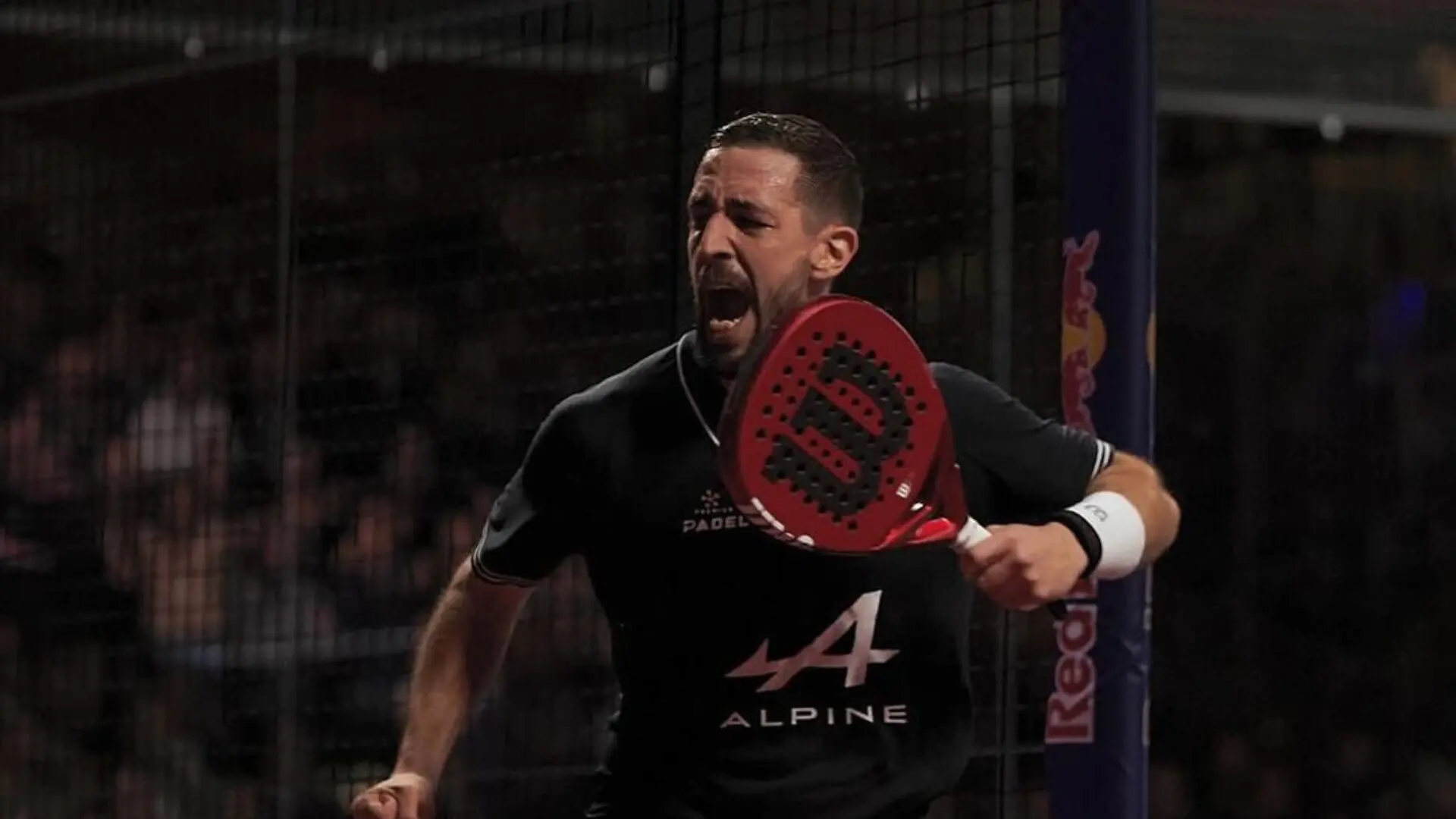 Lucho Capra: “I have fun again on the track”
Lucho Capra: “I have fun again on the track”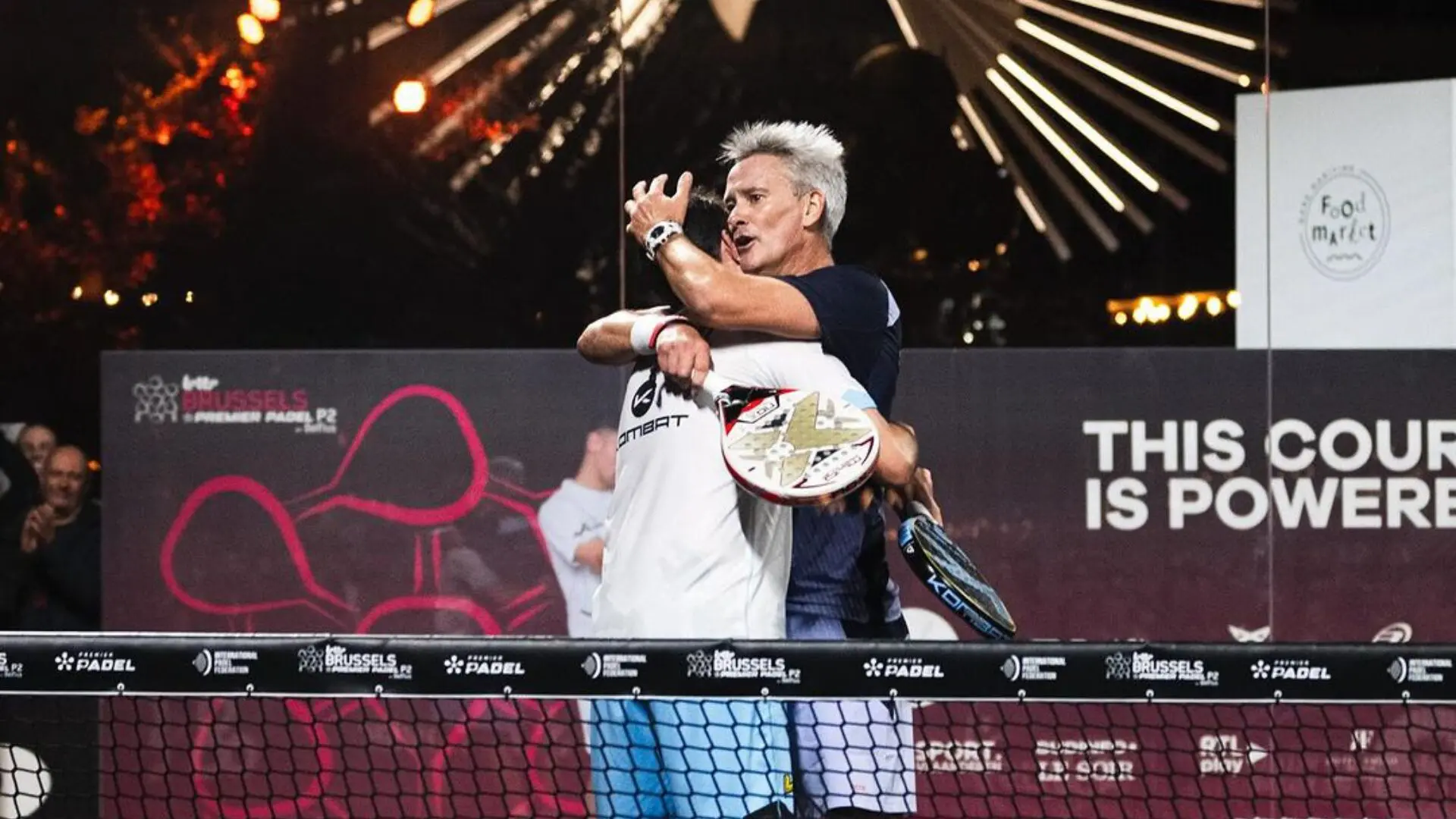 Big evening in Brussels with two seeded players on the mat, heckled number 1s…
Big evening in Brussels with two seeded players on the mat, heckled number 1s… Guillaume Codron de Sud Padel : “A family project”
Guillaume Codron de Sud Padel : “A family project” Nallé Grinda: “Democratize the padel in the USA with PadelX "
Nallé Grinda: “Democratize the padel in the USA with PadelX "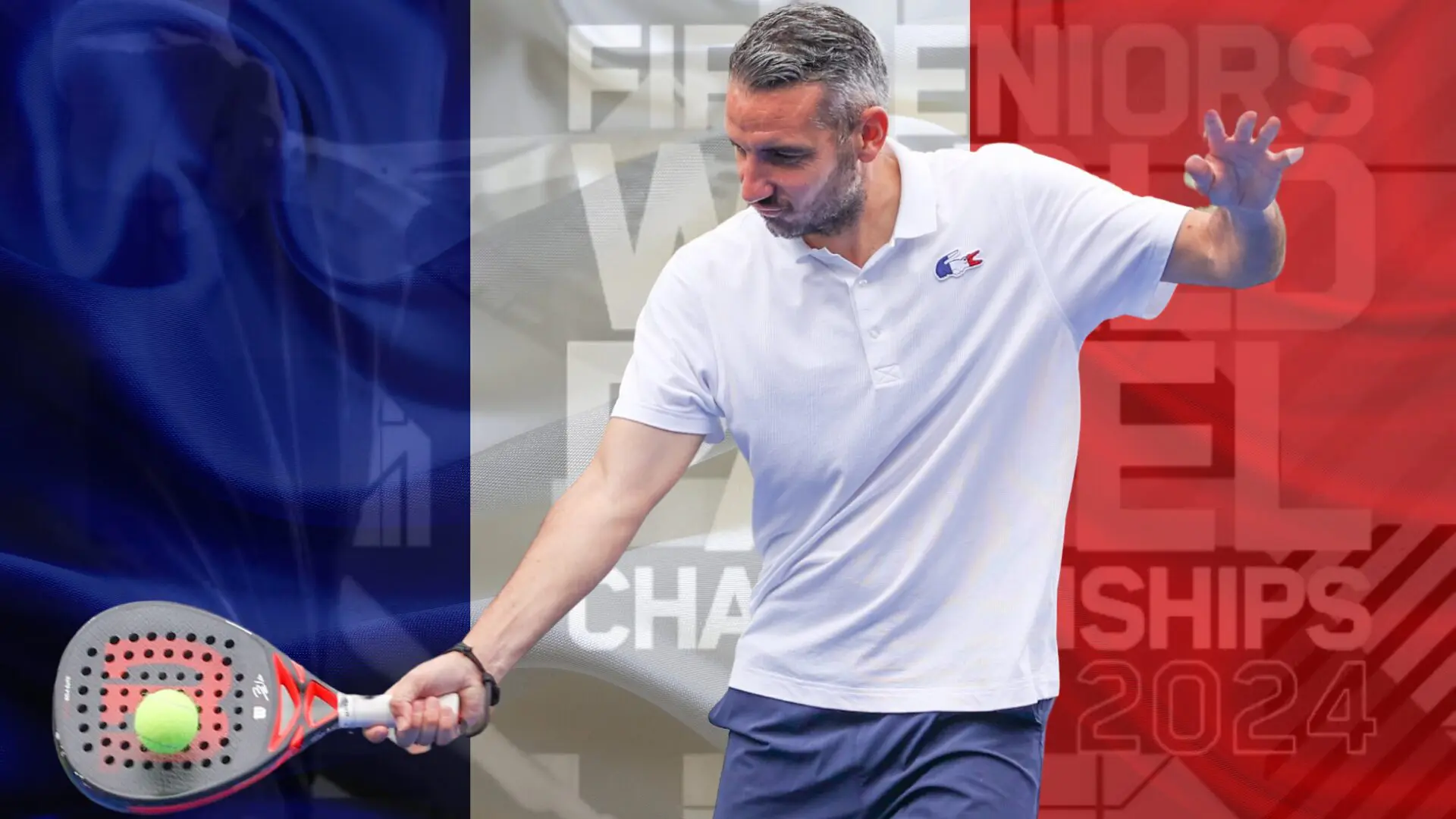 Simon Boissé: “We know that there are two nations in front of us”
Simon Boissé: “We know that there are two nations in front of us”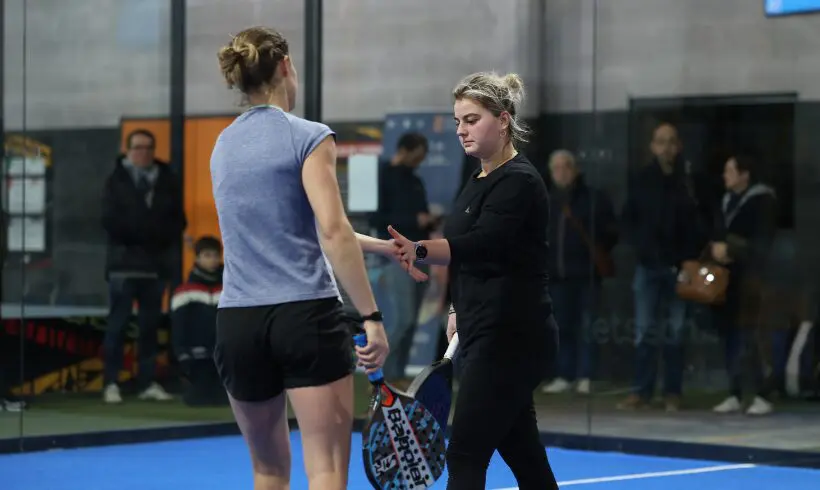 Marie Maligo: “This period of frequent changes of partners was beneficial for me”
Marie Maligo: “This period of frequent changes of partners was beneficial for me”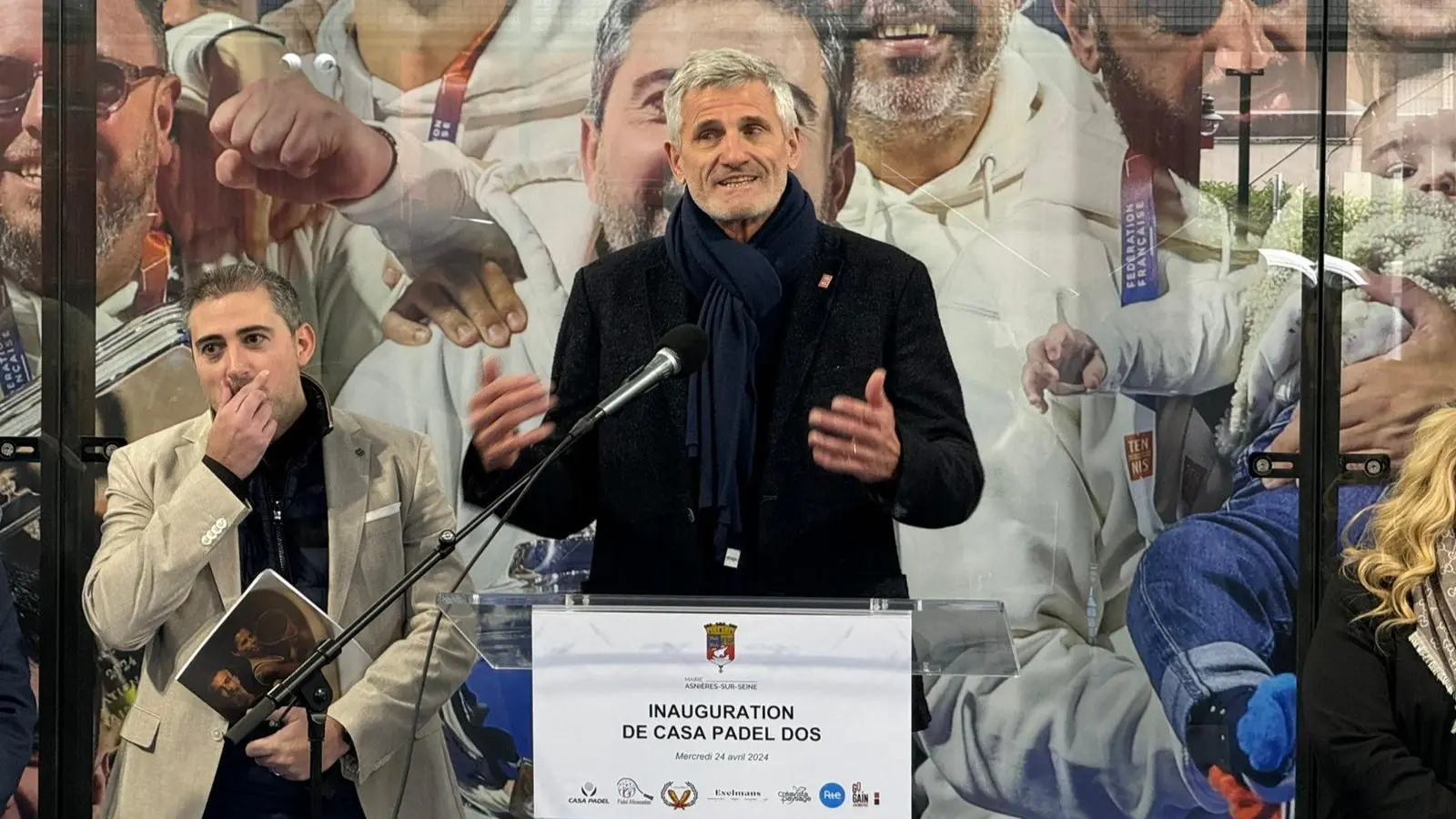 Gilles Moretton: “We will be able to put the padel at the level of tennis”
Gilles Moretton: “We will be able to put the padel at the level of tennis” Two P1000 doubled prize money approaching!
Two P1000 doubled prize money approaching!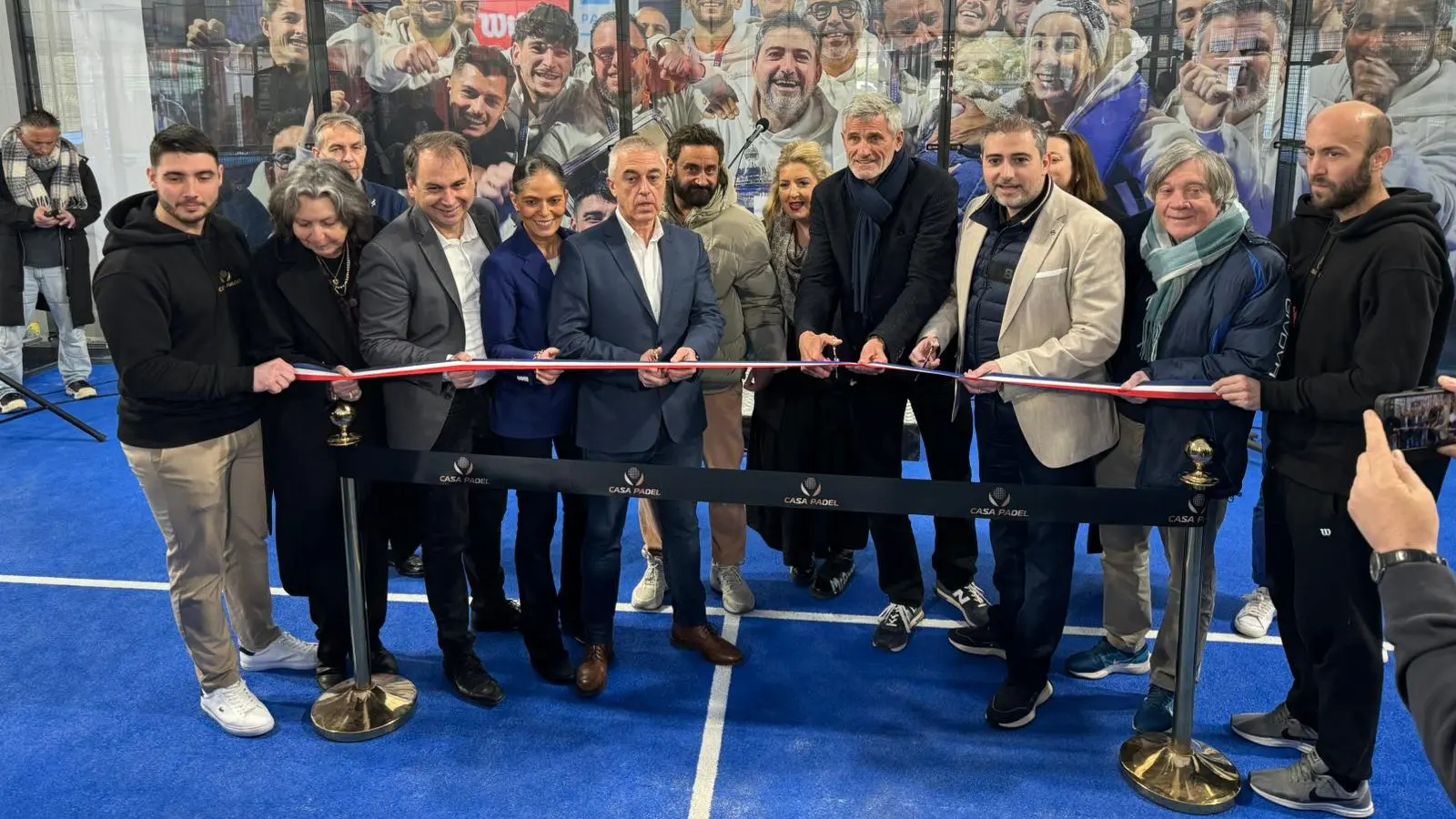 José Manuel Escin at the inauguration of Casa Padel DOS: “Finally, and thank you!”
José Manuel Escin at the inauguration of Casa Padel DOS: “Finally, and thank you!”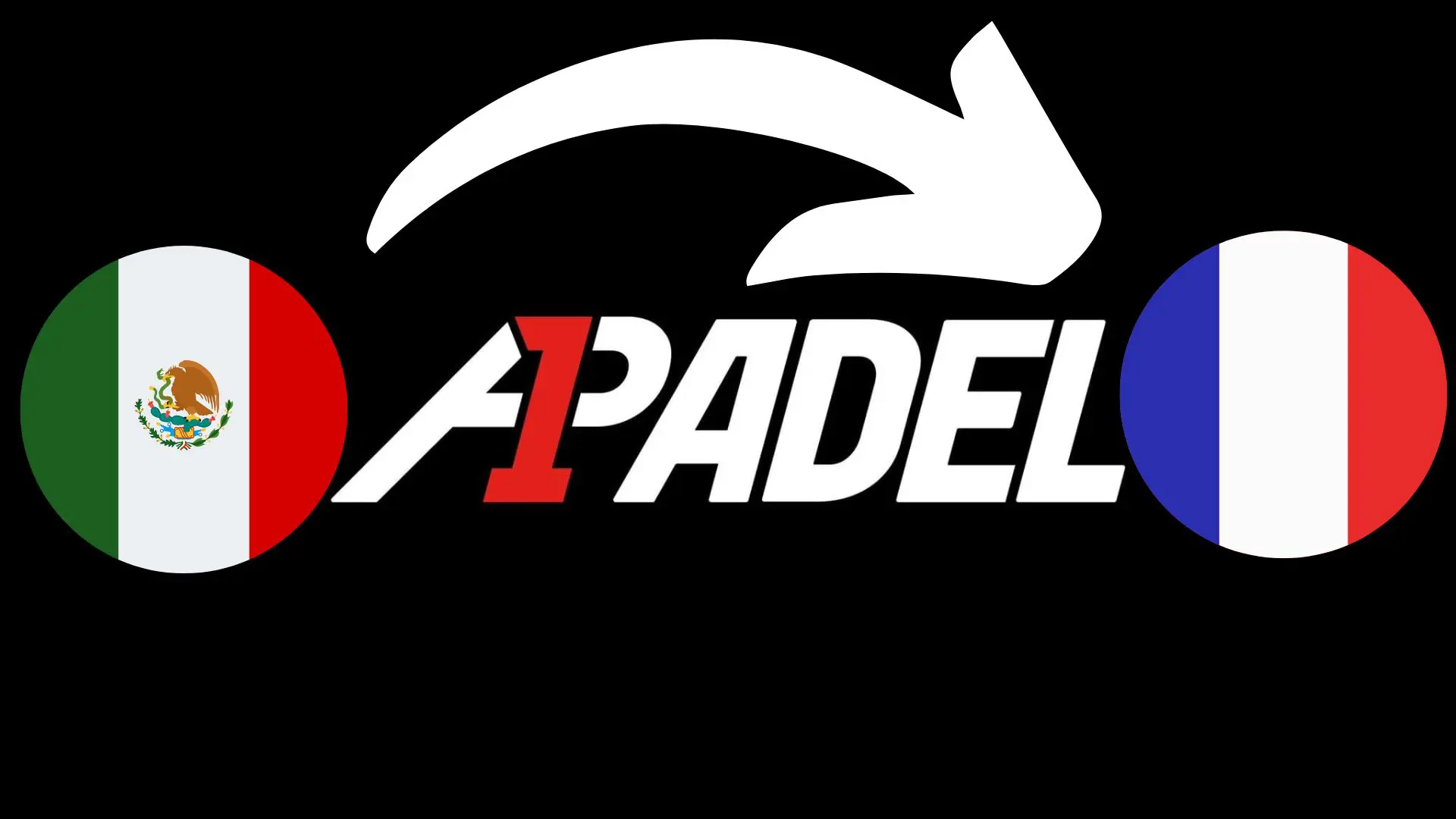 A1 Padel – the French Open replaces the Mexican Open on the calendar
A1 Padel – the French Open replaces the Mexican Open on the calendar 4 Fiberglass Padel Courts for The Ville de Paris: a choice that looks to the future
4 Fiberglass Padel Courts for The Ville de Paris: a choice that looks to the future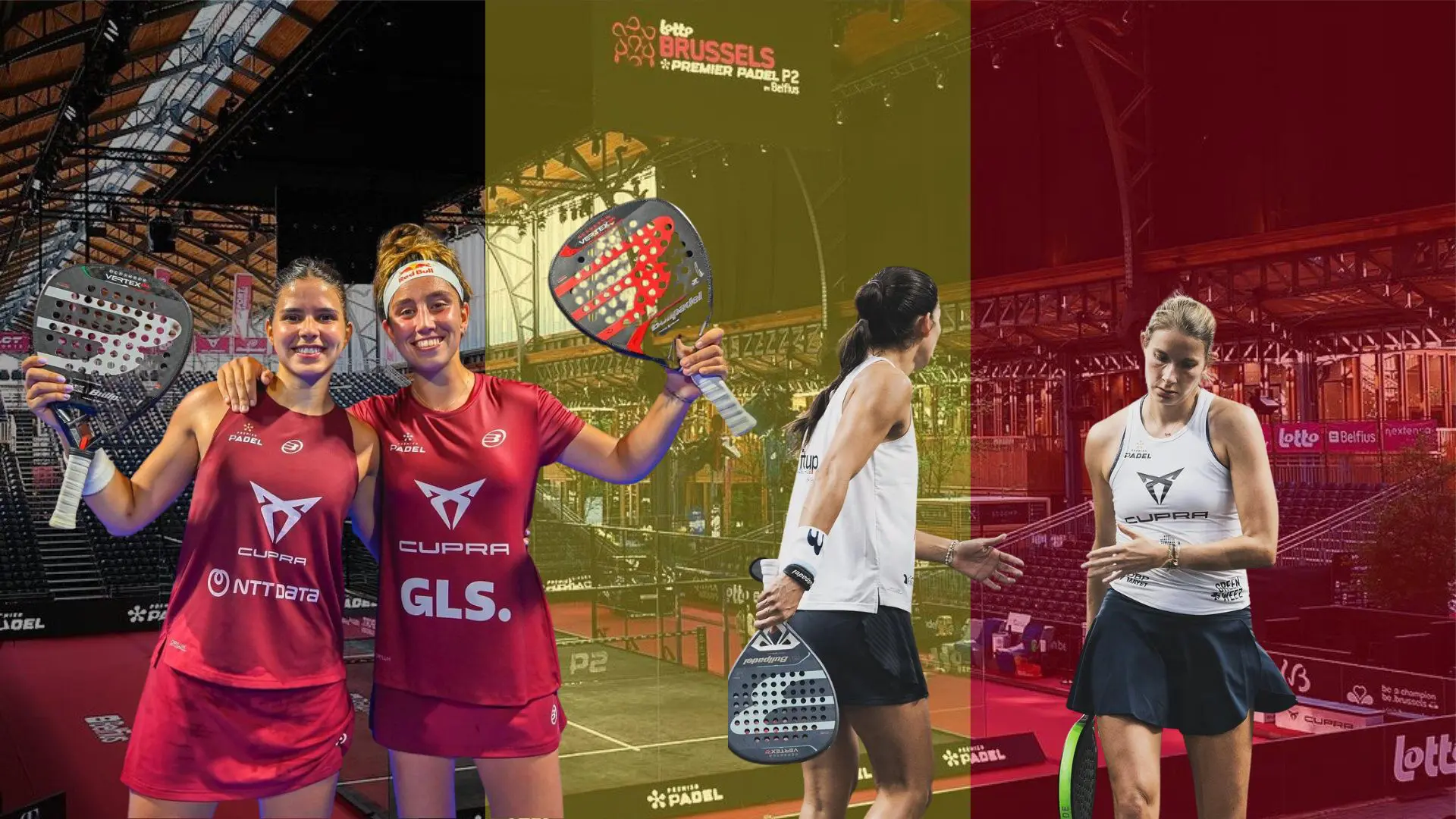 Brussels Premier Padel Brussels P2 – Collombon / Bidahorria falls against Brea / Gonzalez
Brussels Premier Padel Brussels P2 – Collombon / Bidahorria falls against Brea / Gonzalez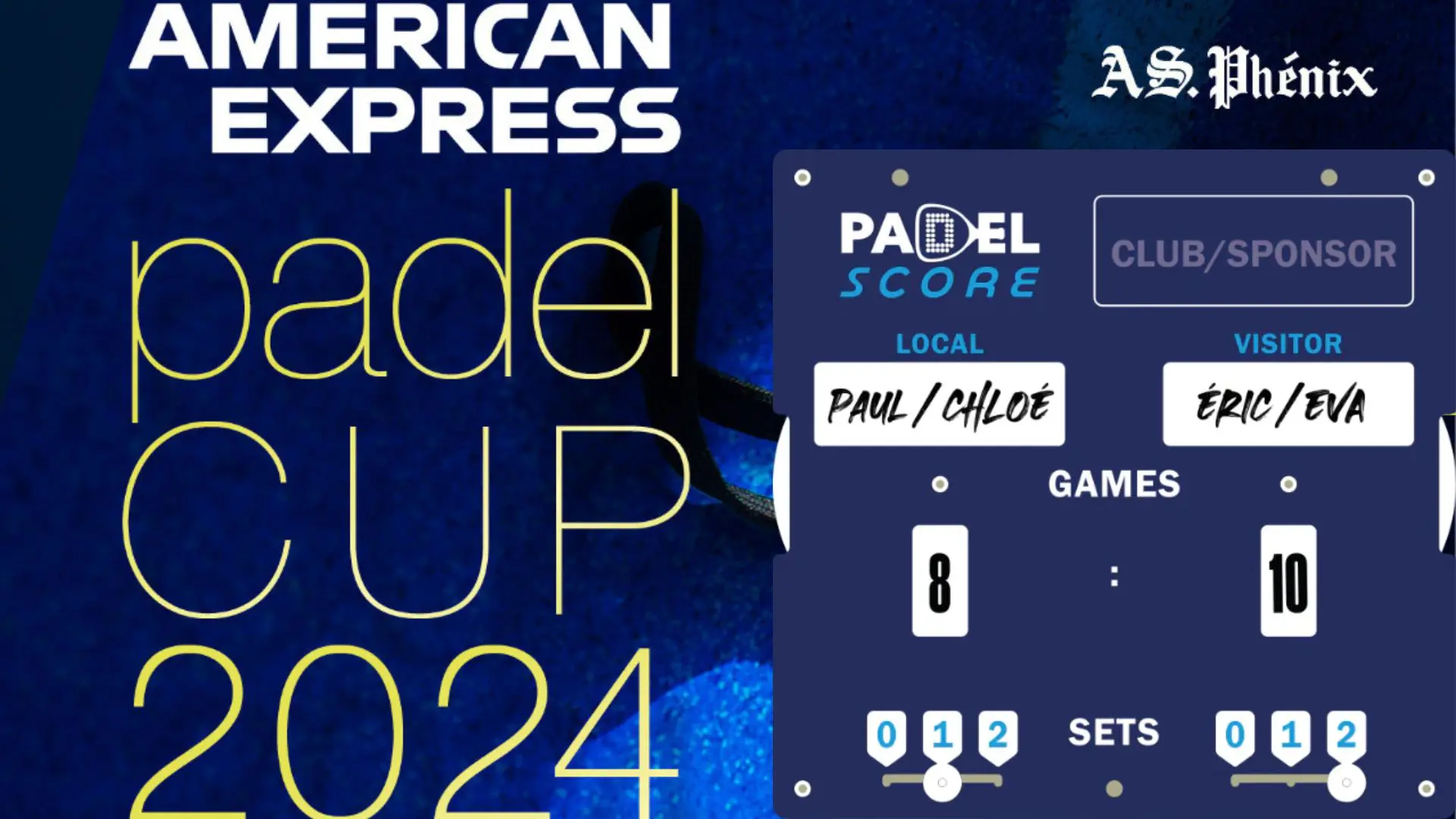 Padel Score comes to Tahiti for American Express Padel Cup!
Padel Score comes to Tahiti for American Express Padel Cup!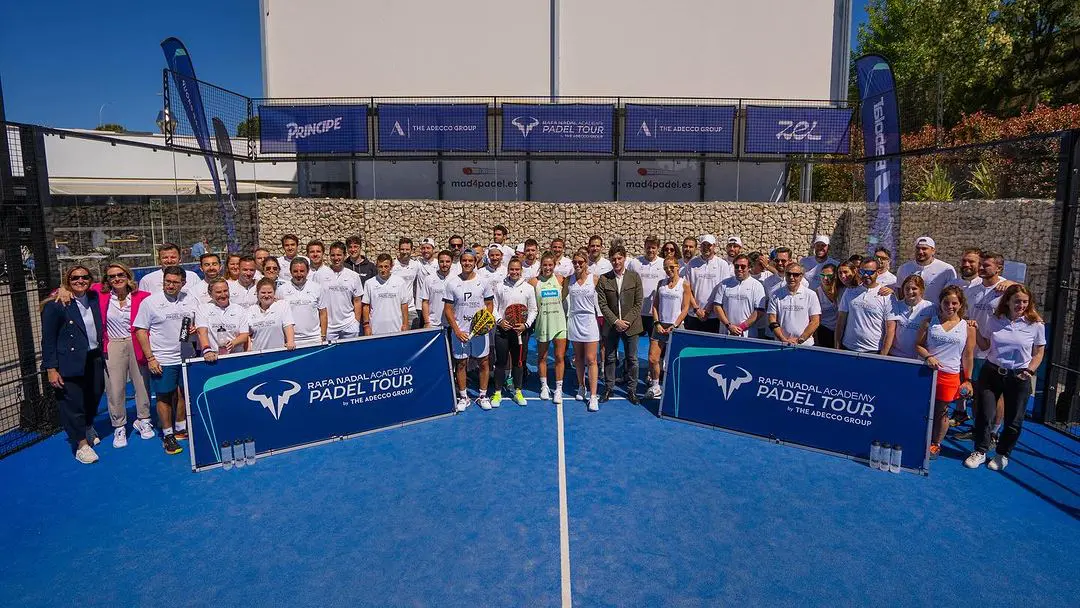 Do you know the Rafa Nadal Academy Tour?
Do you know the Rafa Nadal Academy Tour?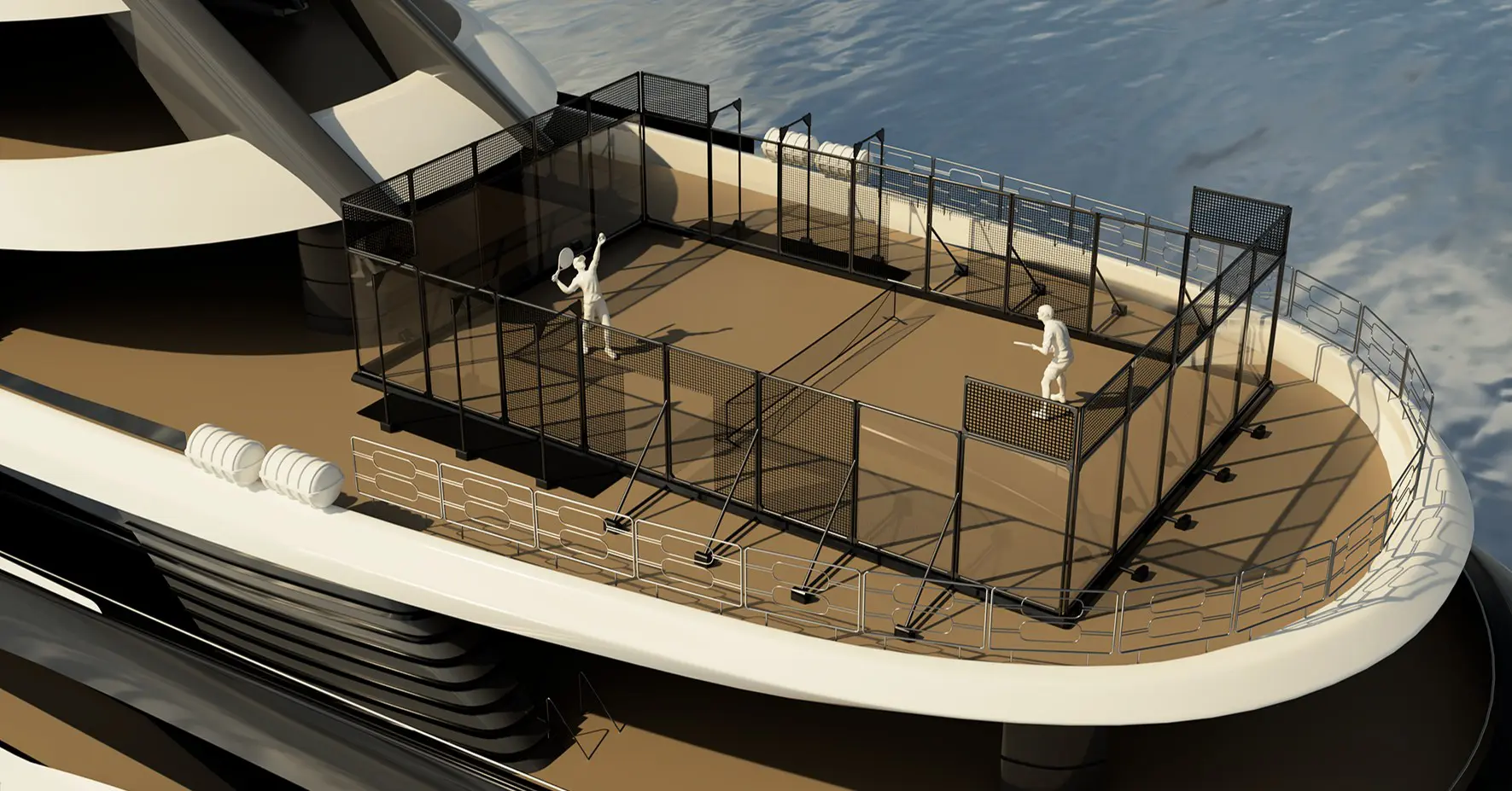 Play at padel on his yacht? Possible for €233.000!
Play at padel on his yacht? Possible for €233.000!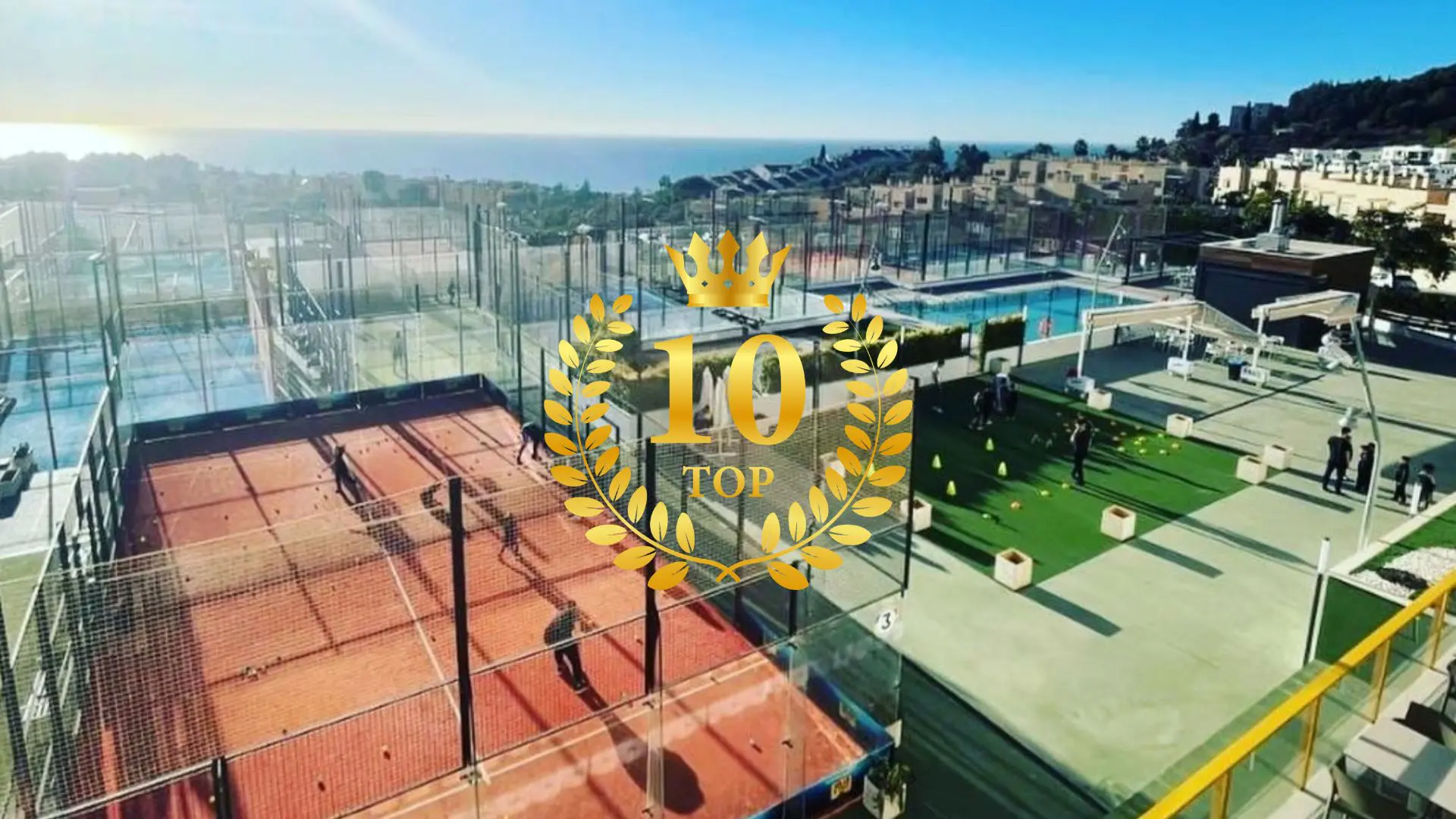 Our Top 10 training courses padel in France and Europe
Our Top 10 training courses padel in France and Europe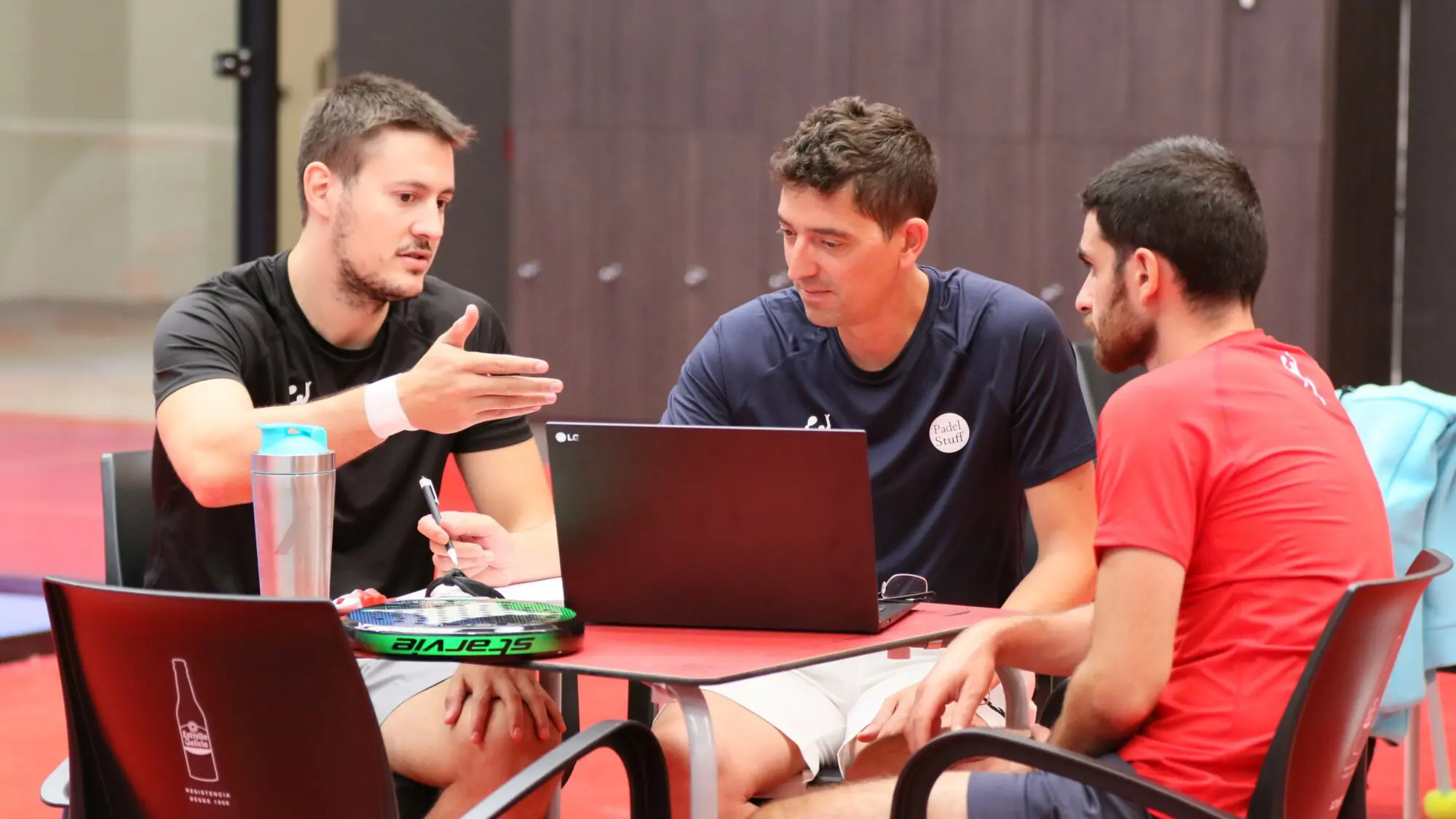 At the heart of padel – Episode 25: Paul and Andoni answer your questions
At the heart of padel – Episode 25: Paul and Andoni answer your questions Tactical padel – What to do when faced with players who systematically stay at the bottom?
Tactical padel – What to do when faced with players who systematically stay at the bottom?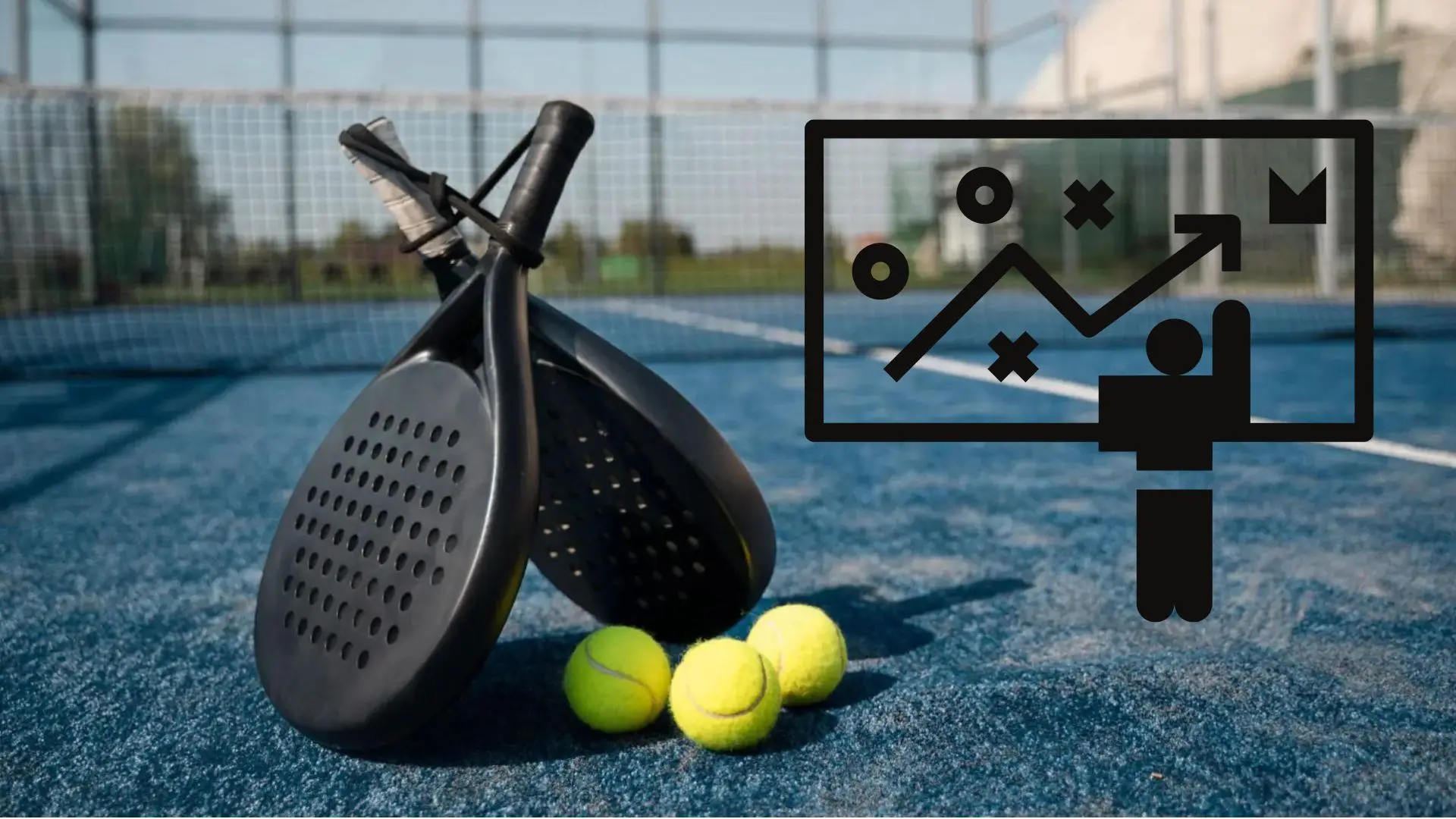 The basic tactics of padel
The basic tactics of padel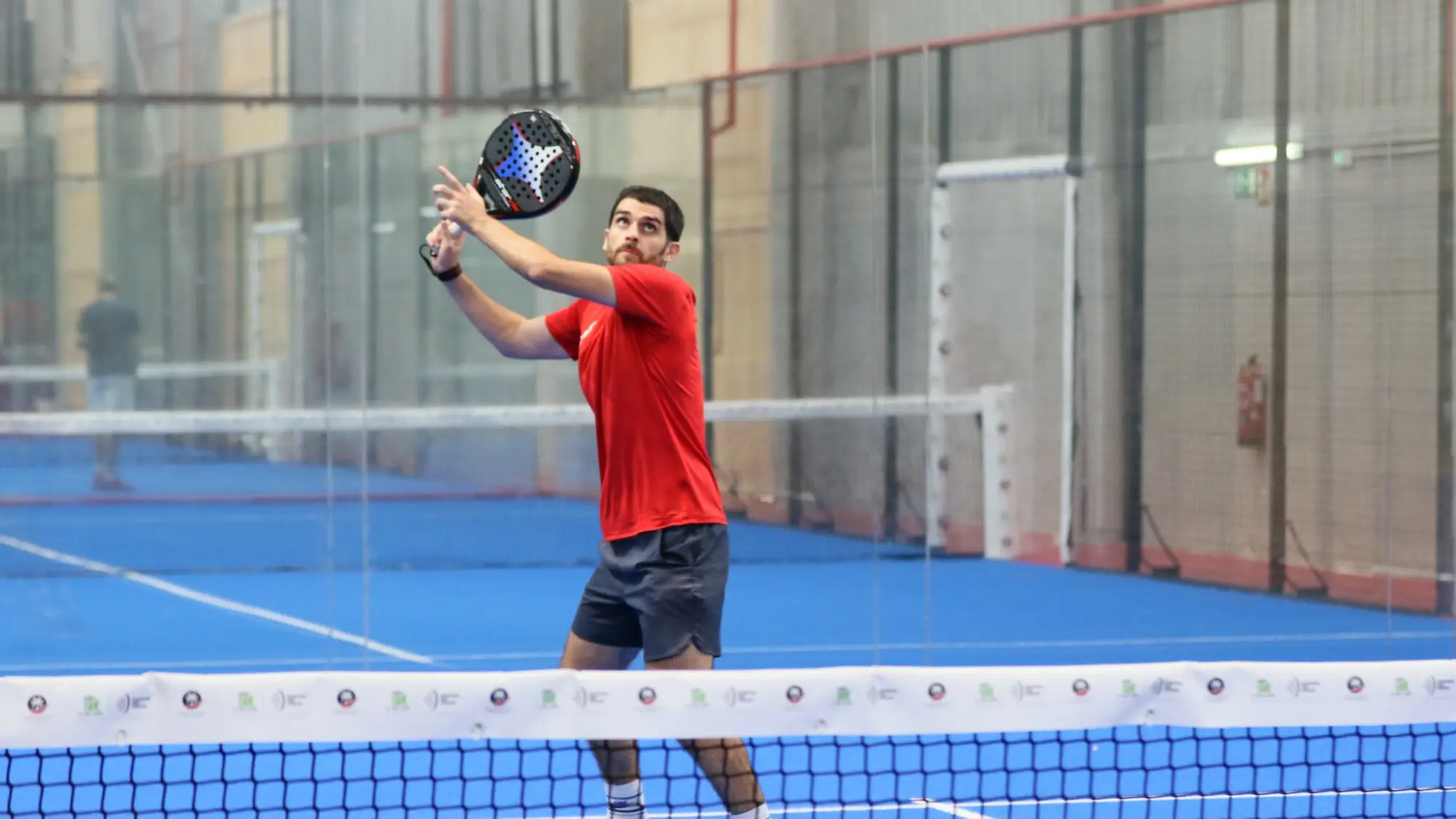 At the heart of padel – Episode 25: Paul and Andoni answer your questions
At the heart of padel – Episode 25: Paul and Andoni answer your questions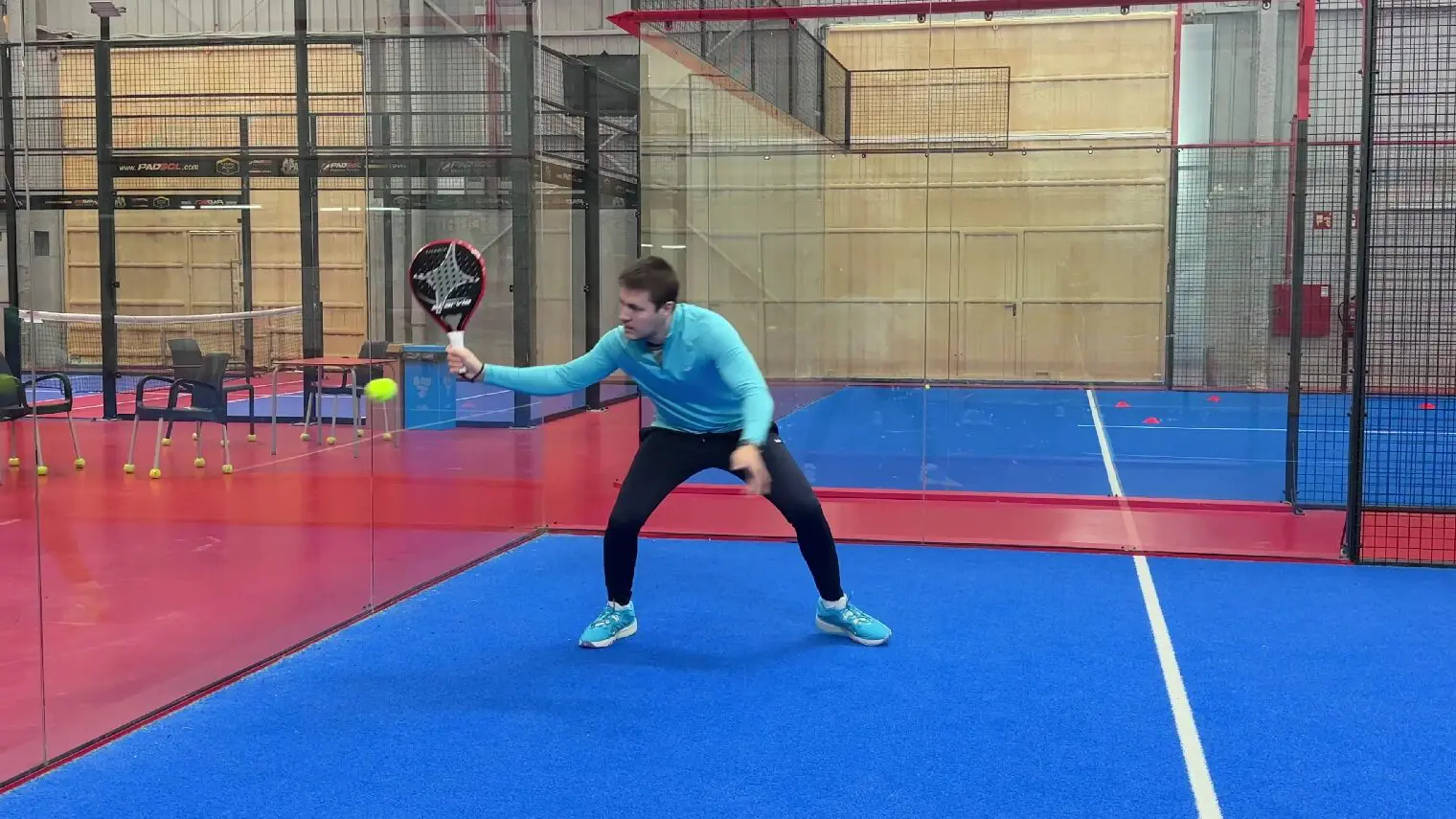 At the heart of padel – Episode 23: defend the window well
At the heart of padel – Episode 23: defend the window well Prohibition on playing topless Padel : the reasons
Prohibition on playing topless Padel : the reasons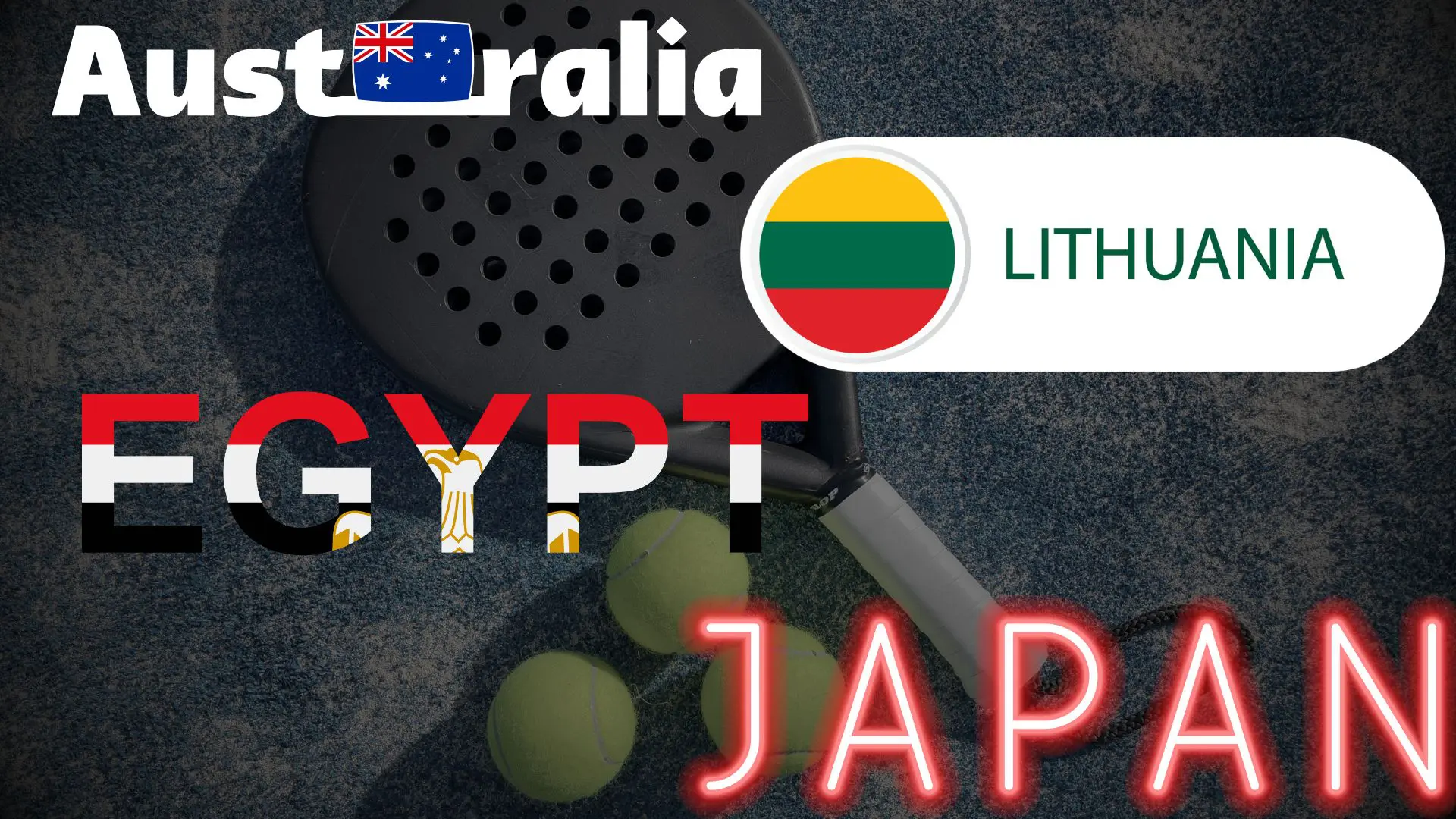 FIP Tour – Going far from Europe, THE strategy to earn points!
FIP Tour – Going far from Europe, THE strategy to earn points! What is a good football player? padel ?
What is a good football player? padel ? “Lefties give me headaches when I play against them!”
“Lefties give me headaches when I play against them!”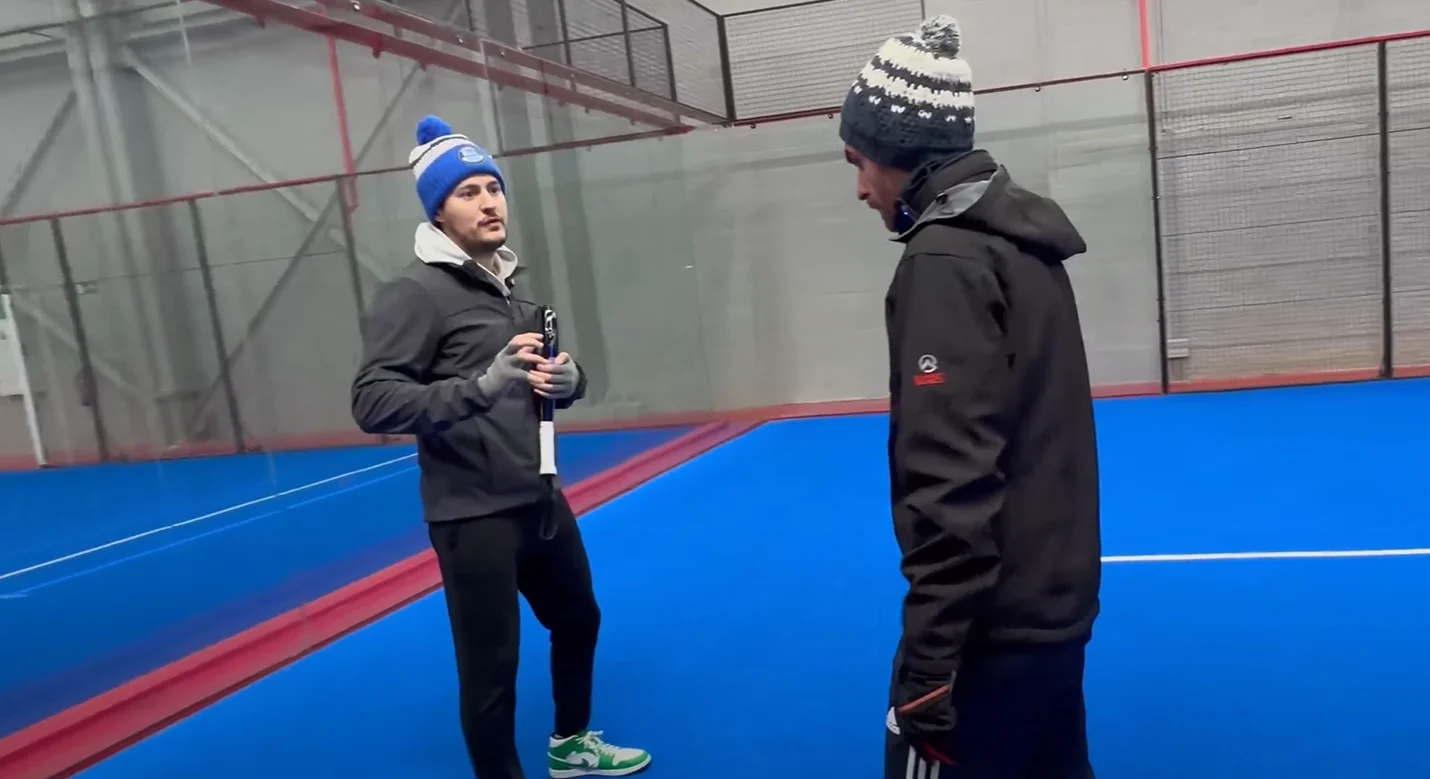 At the heart of padel – Episode 14: how to earn points in winter?
At the heart of padel – Episode 14: how to earn points in winter?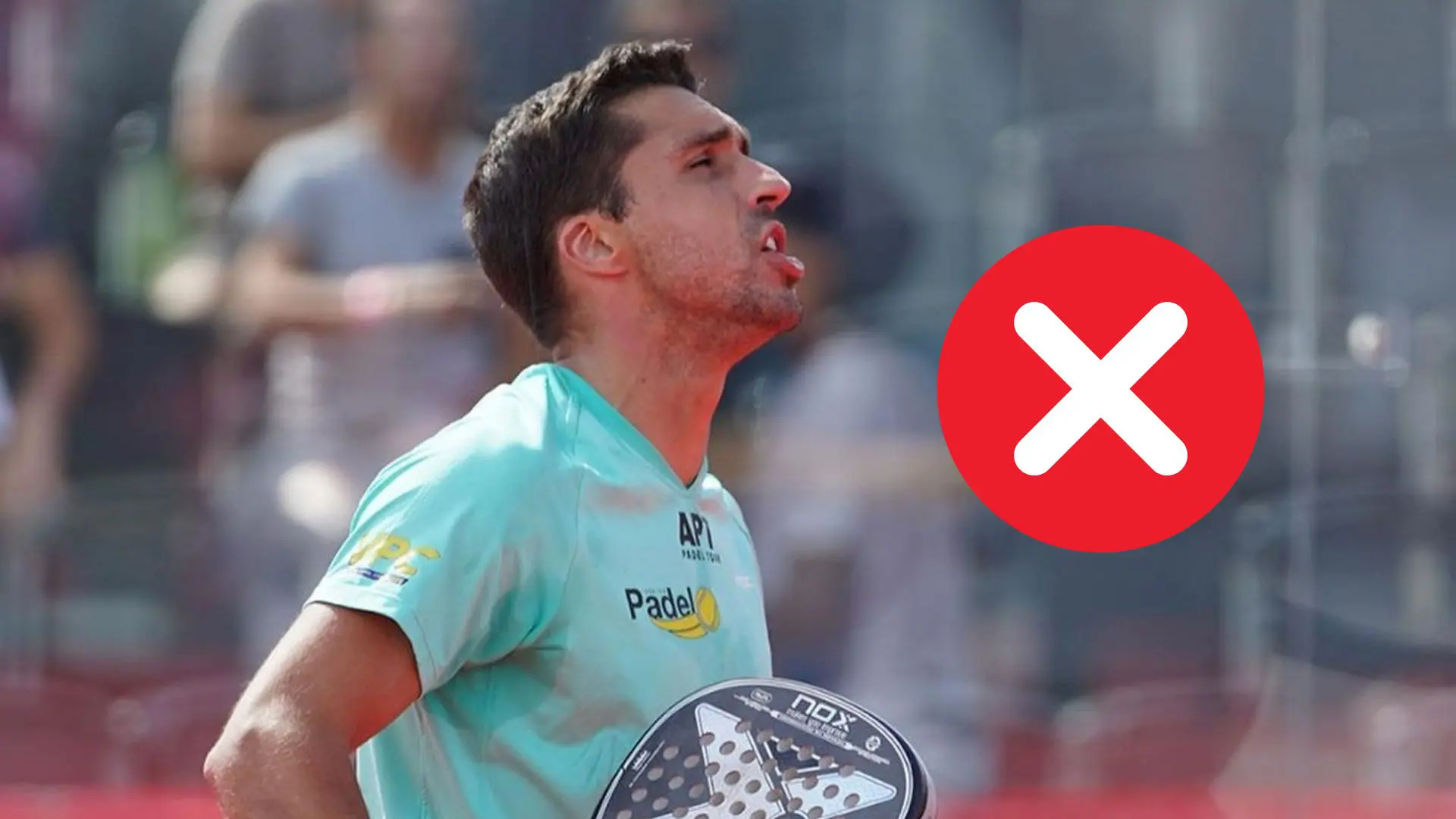 A par 4 is always a winner...even if you manage to defend it!
A par 4 is always a winner...even if you manage to defend it!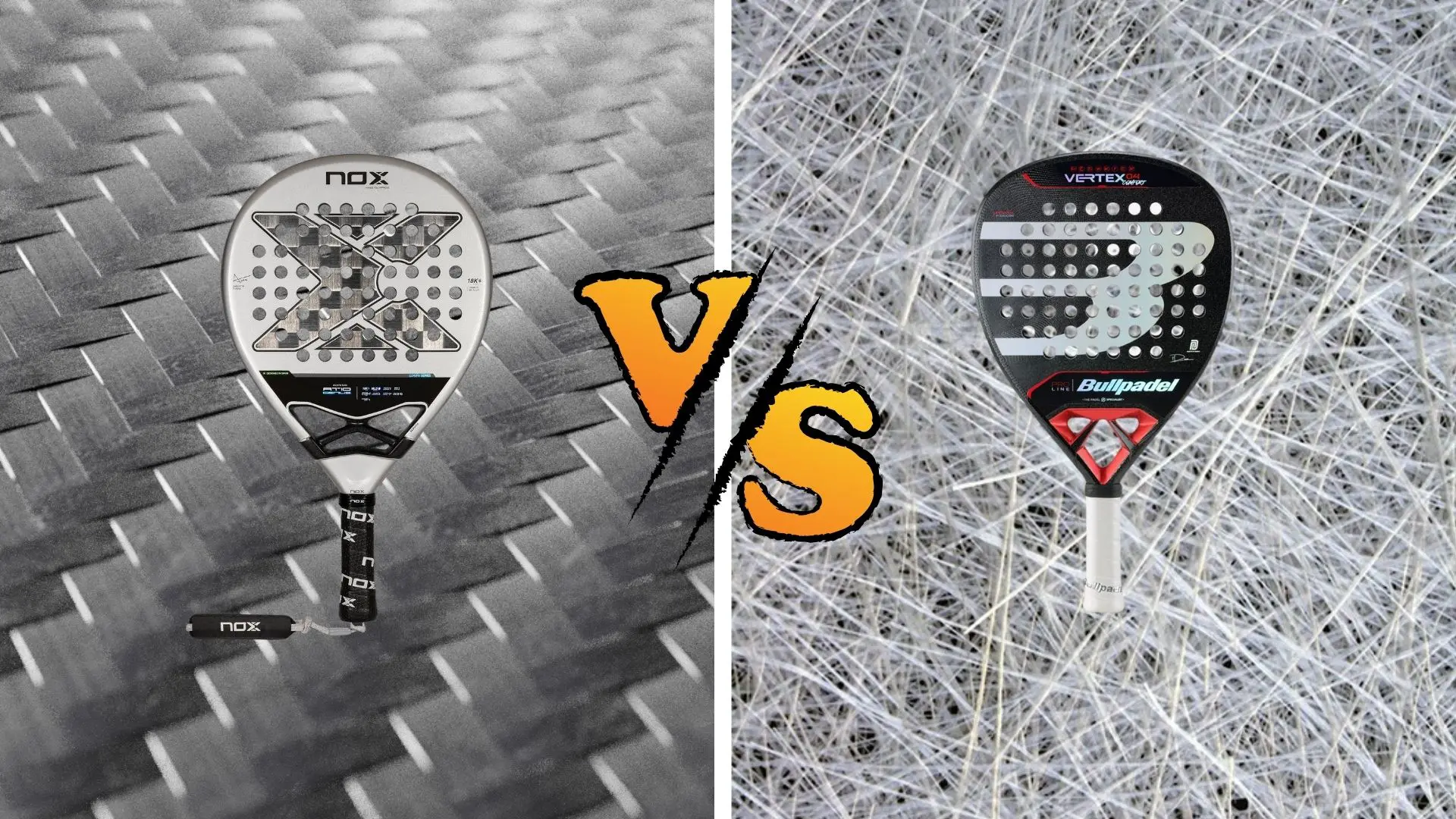 Carbon fiber VS fiberglass: what to choose?
Carbon fiber VS fiberglass: what to choose?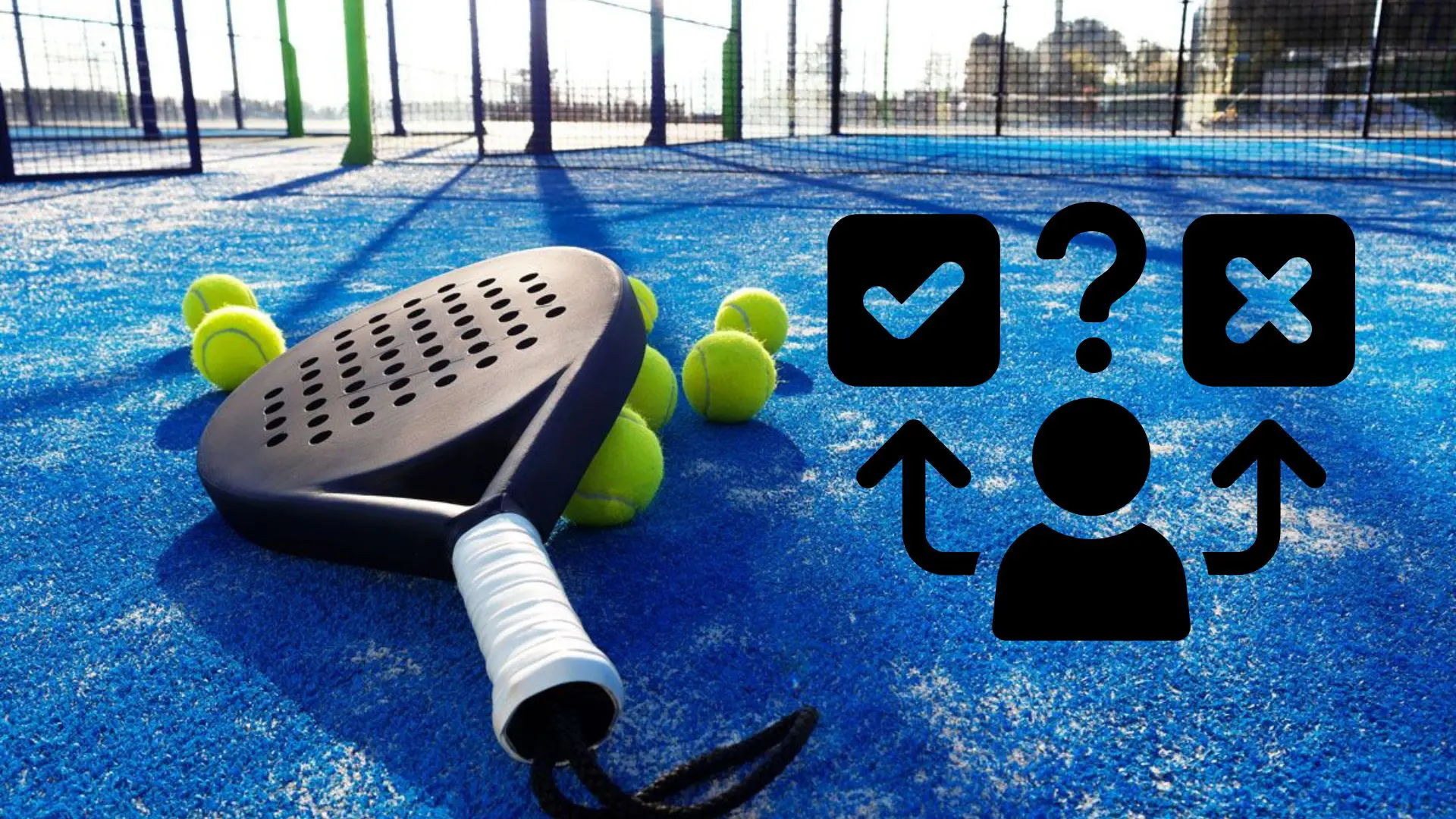 How to effectively test a racket padel ?
How to effectively test a racket padel ?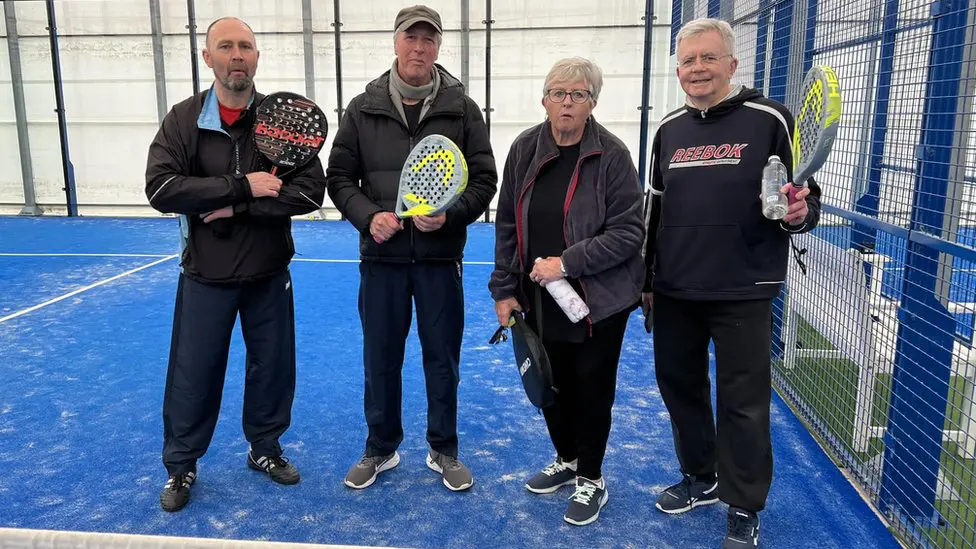 La padel to fight Parkinson's disease
La padel to fight Parkinson's disease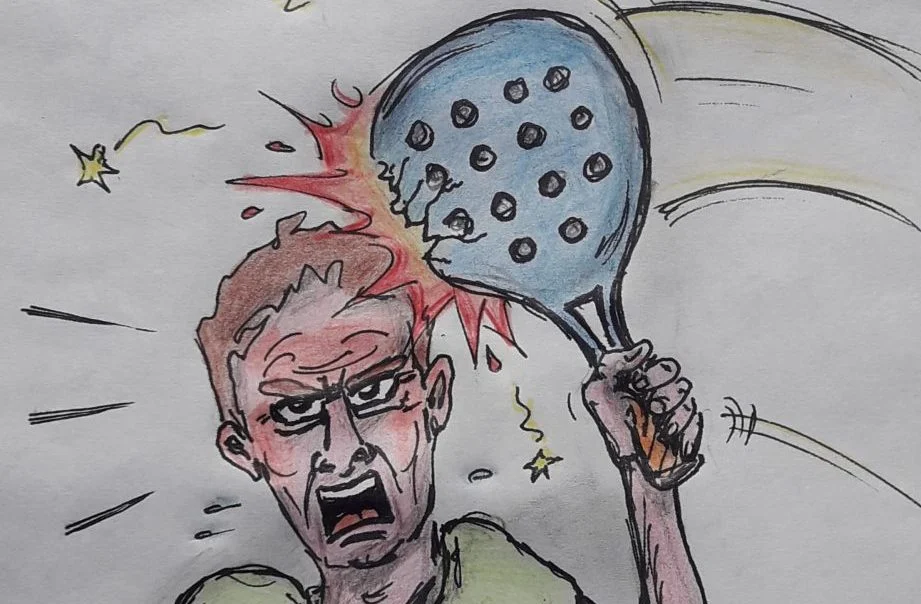 Don't play with a cracked or broken racket, your body will thank you!
Don't play with a cracked or broken racket, your body will thank you! Michel Cymes: “The padel, physically, it’s serious!”
Michel Cymes: “The padel, physically, it’s serious!”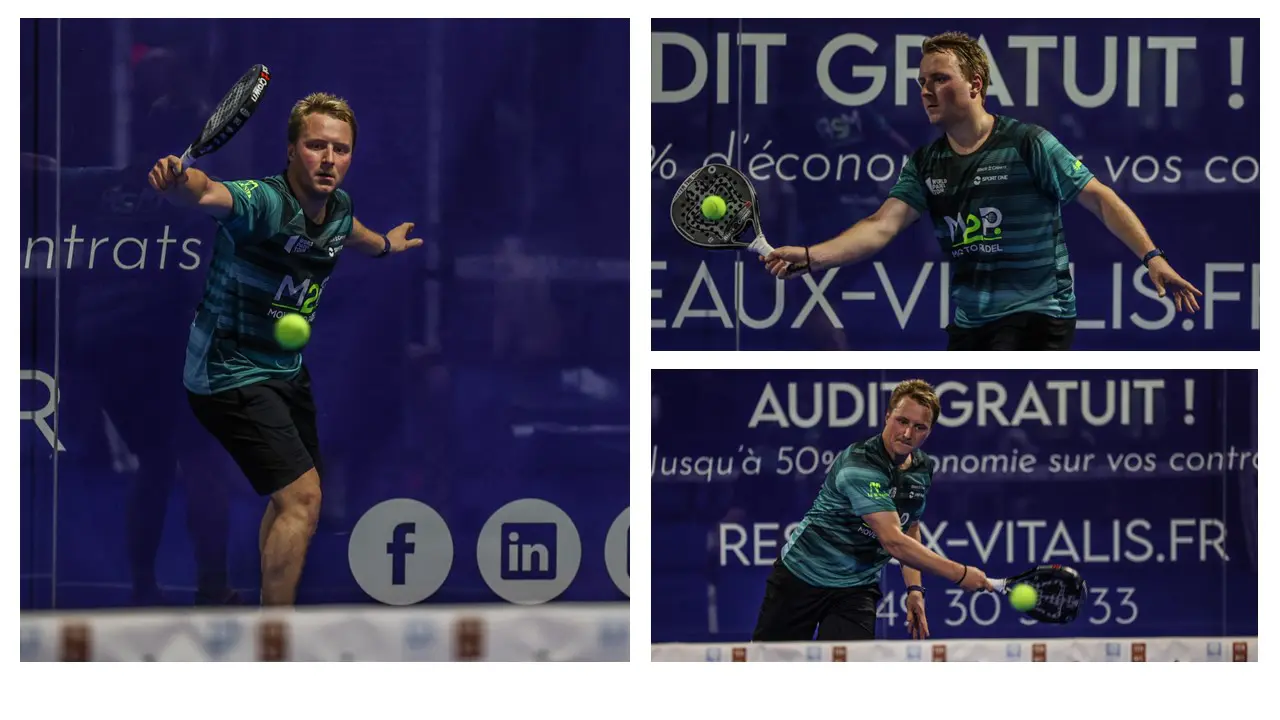 Jeremy Gala: “Promote the padel among young people in Belgium remains a challenge”
Jeremy Gala: “Promote the padel among young people in Belgium remains a challenge”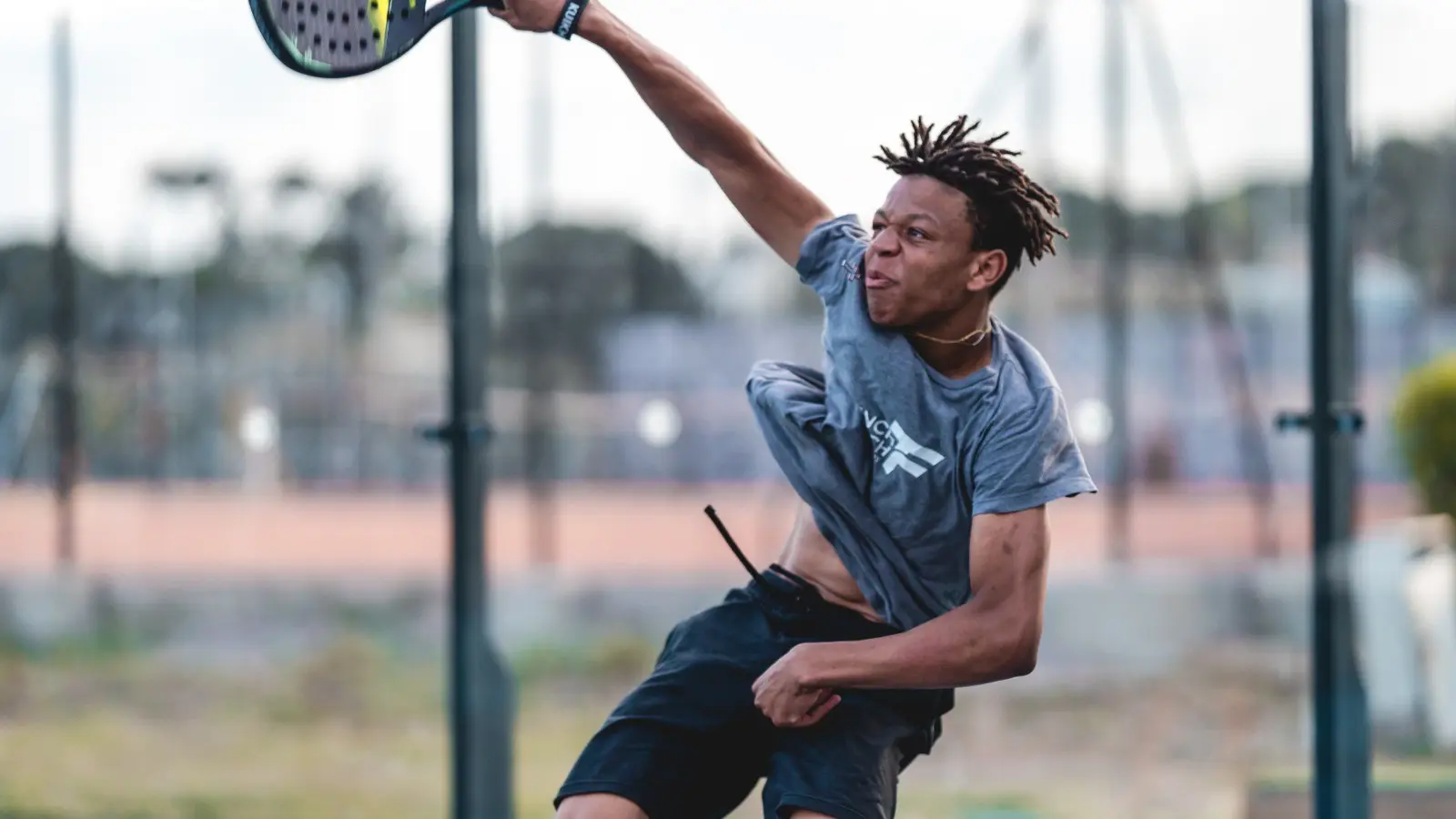 The French Touch Academy organizes its selection day Padel-Study
The French Touch Academy organizes its selection day Padel-Study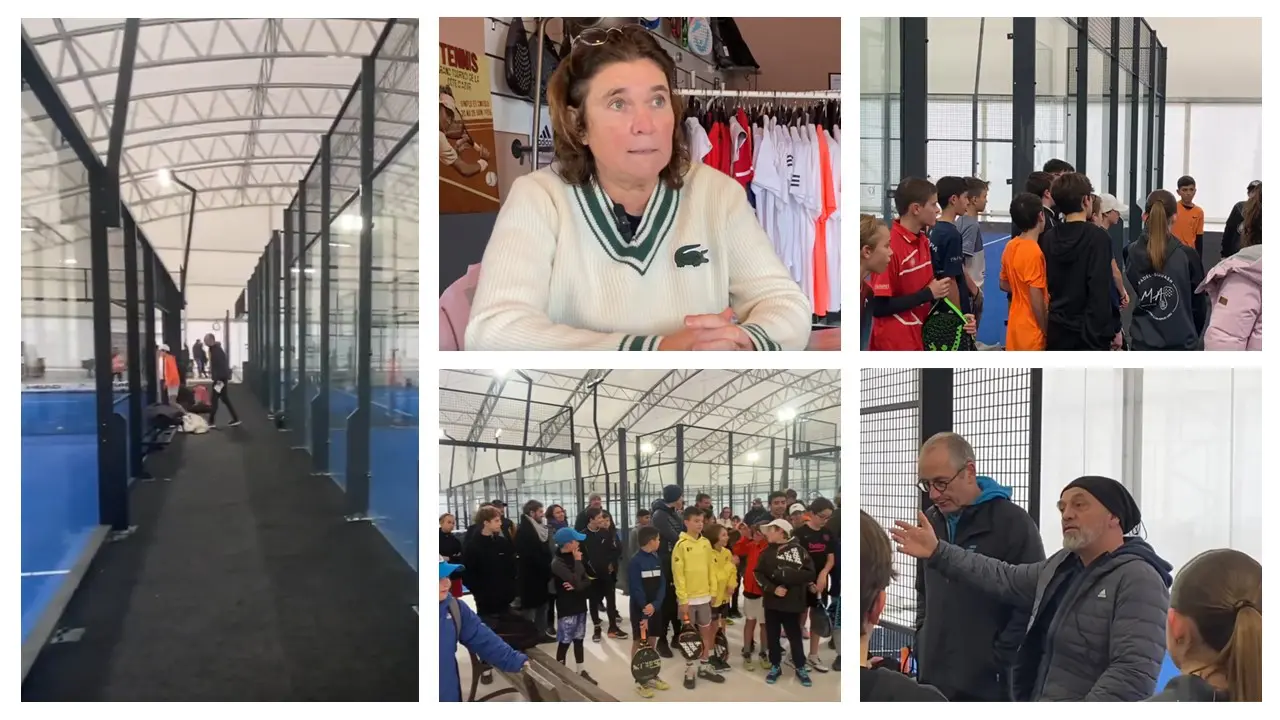 Report on the detection and training of younger generations
Report on the detection and training of younger generations